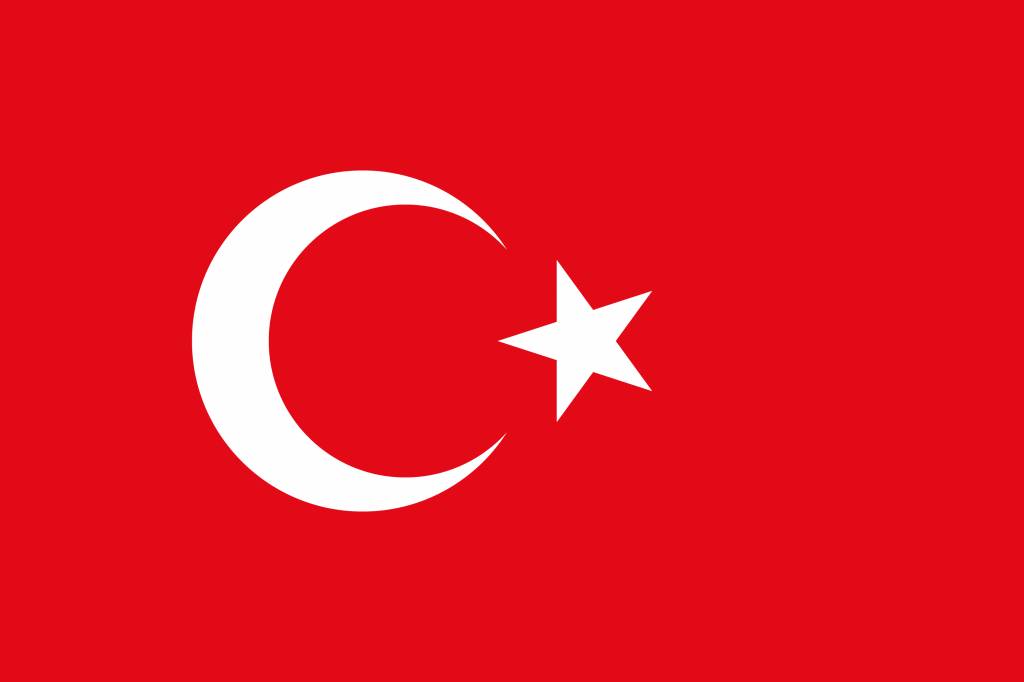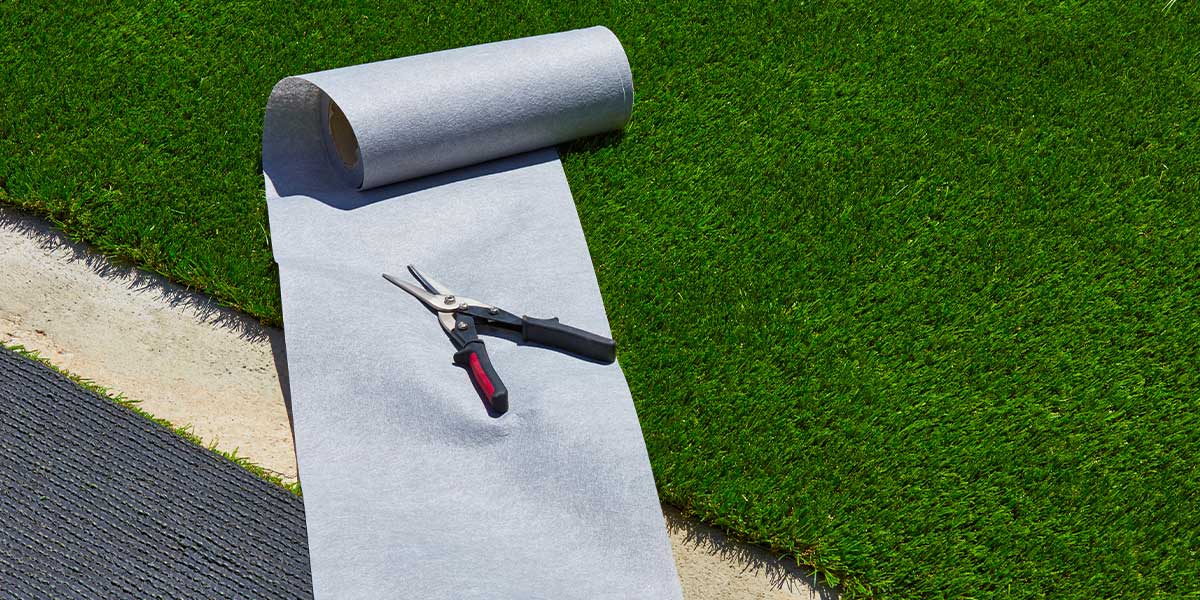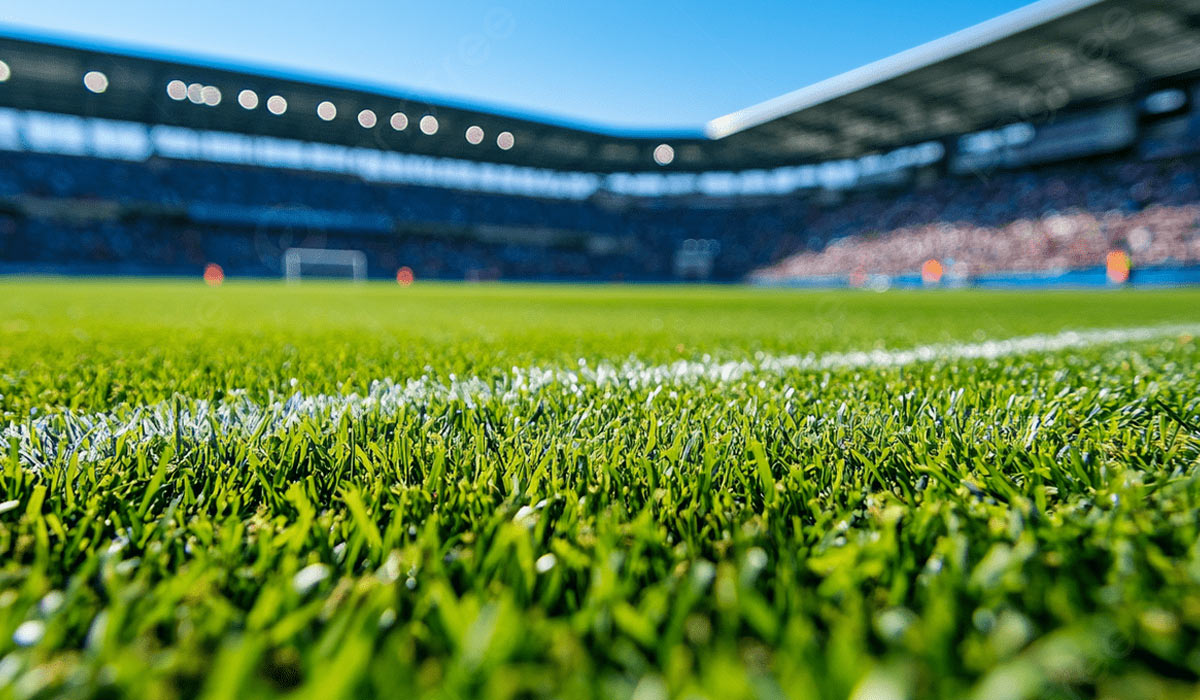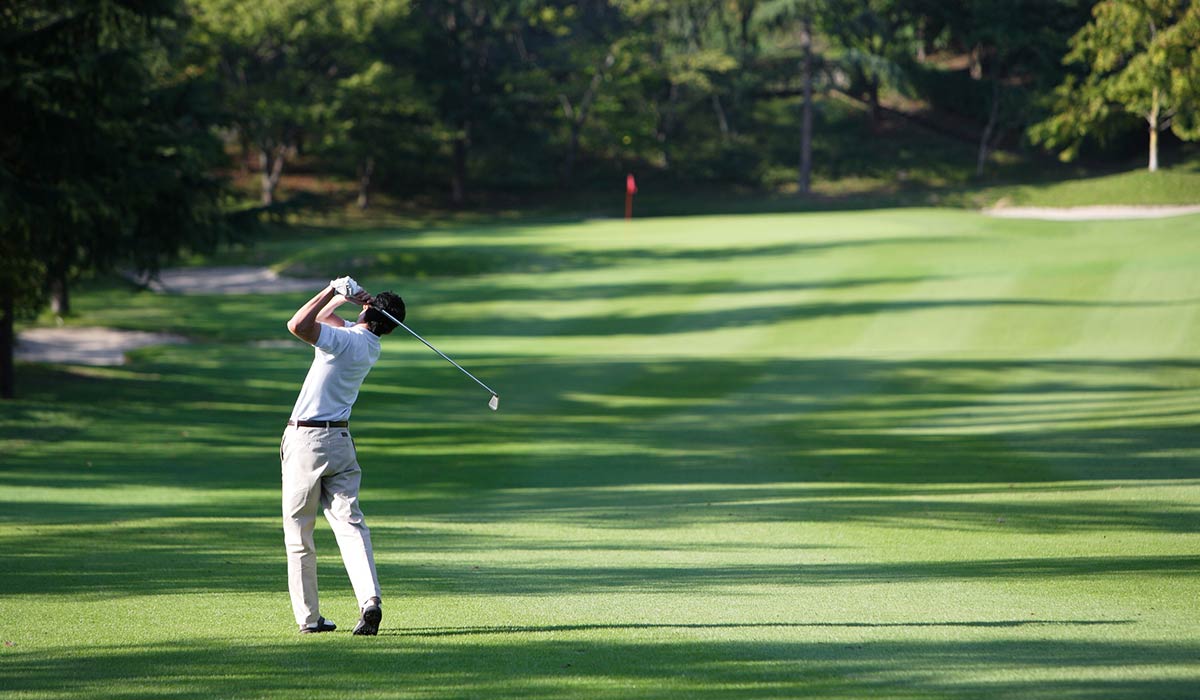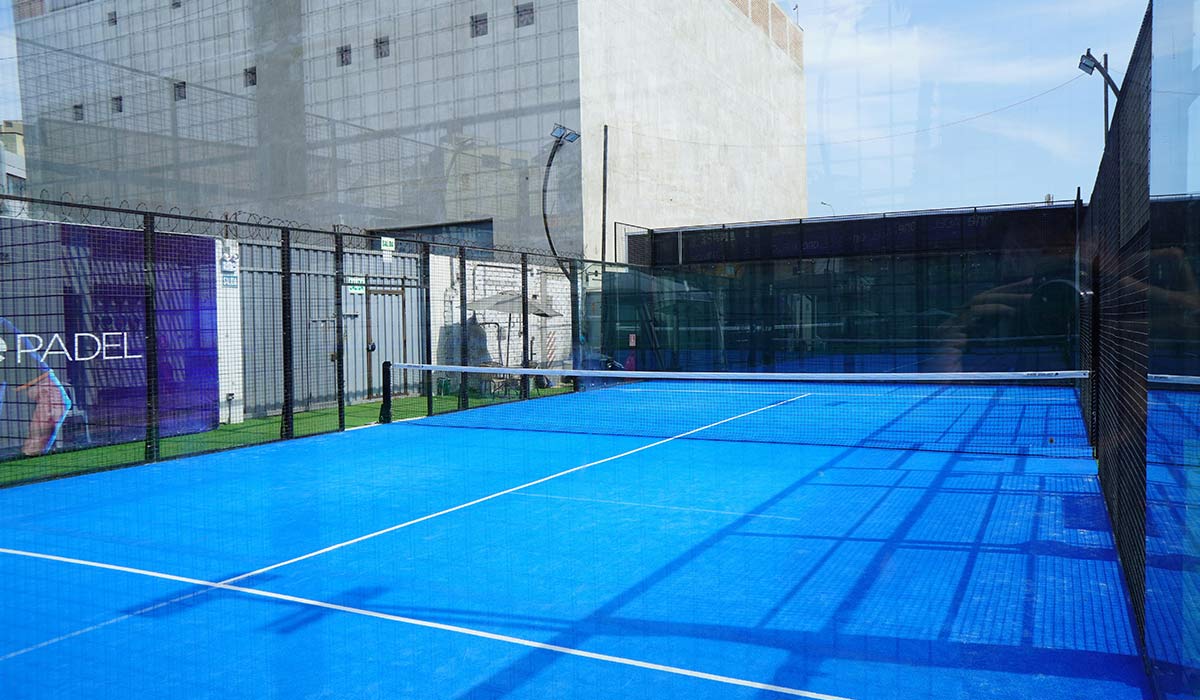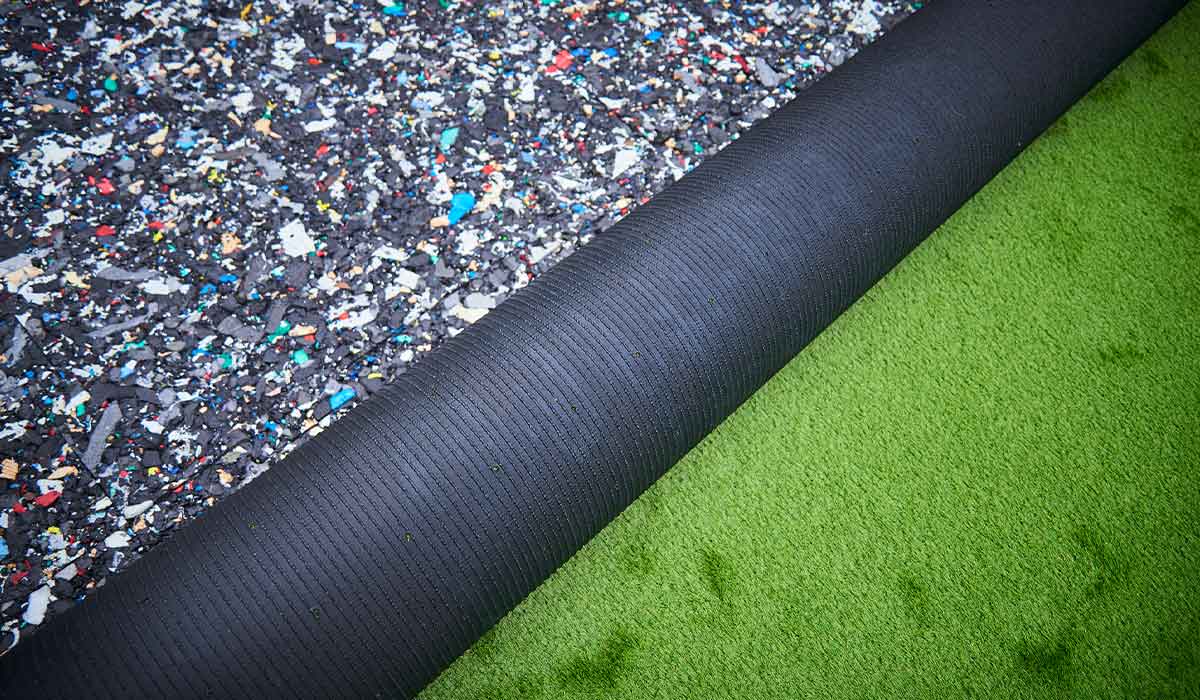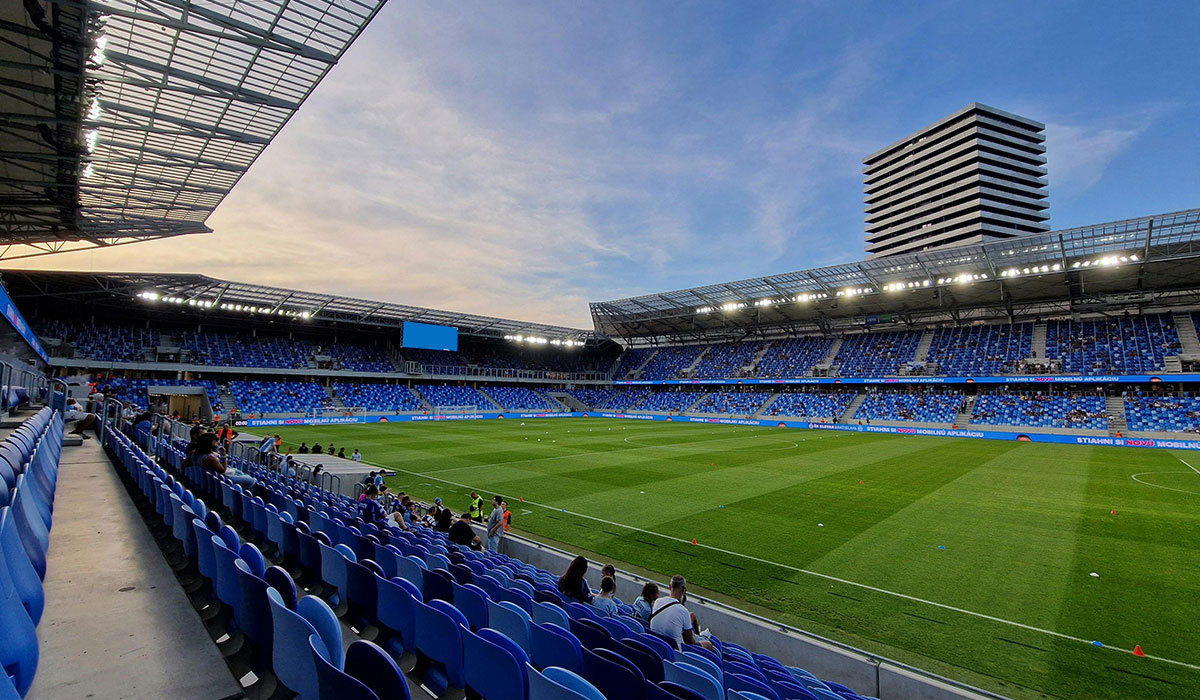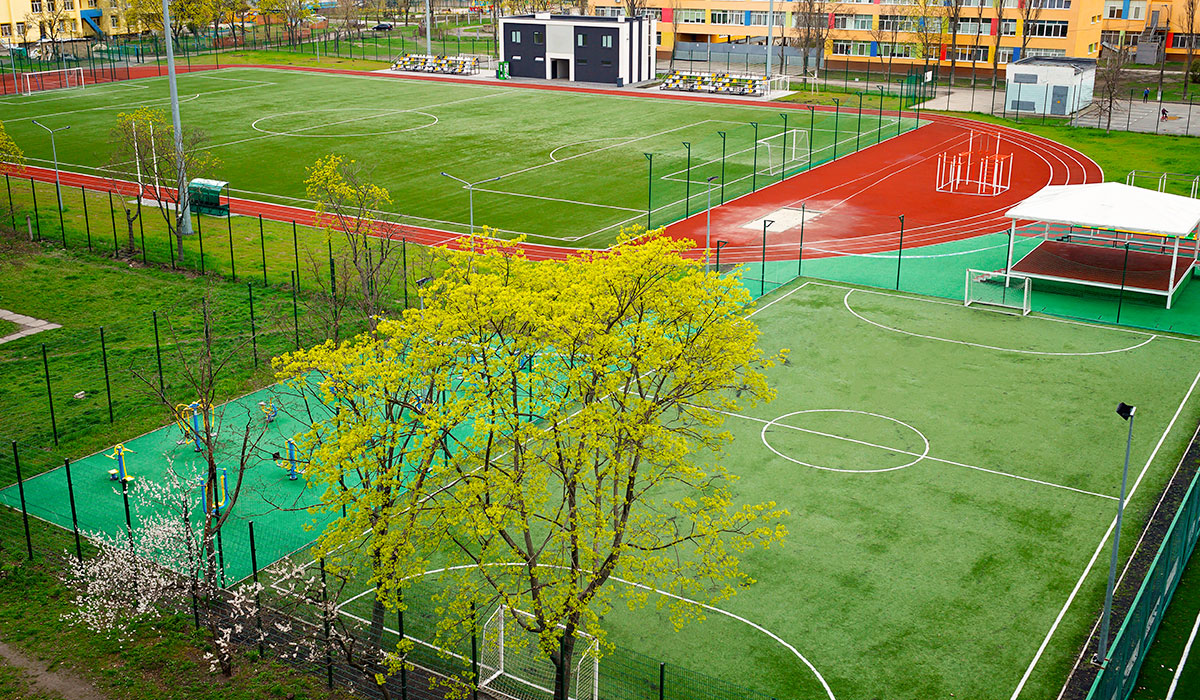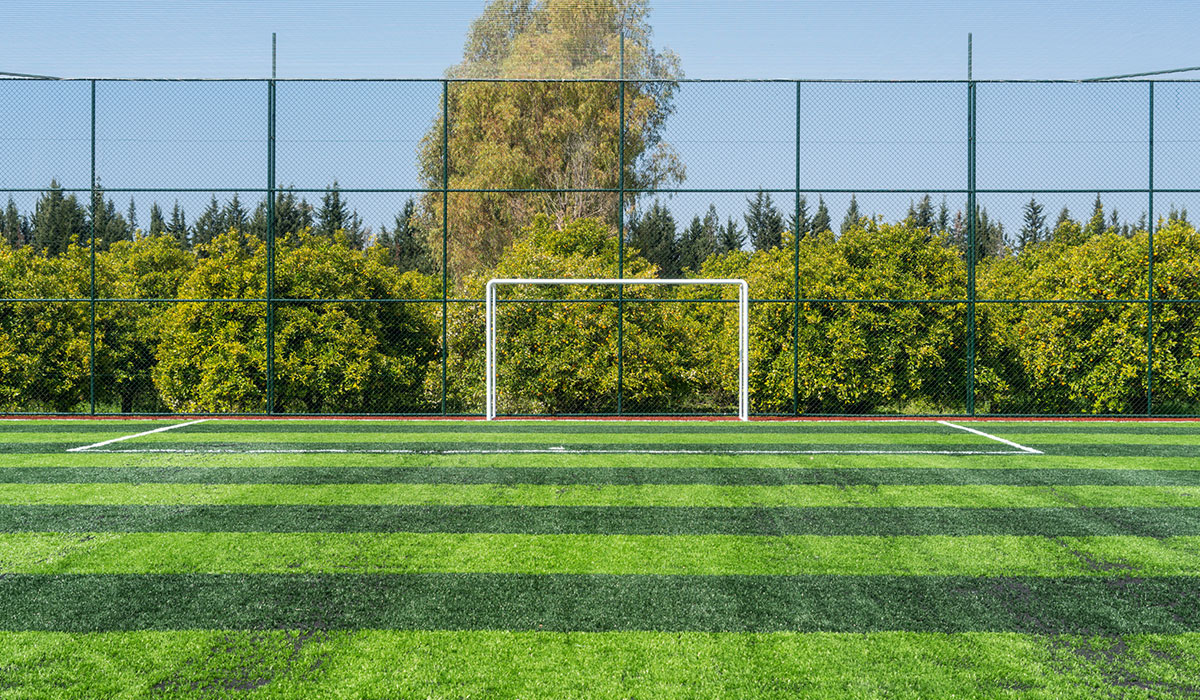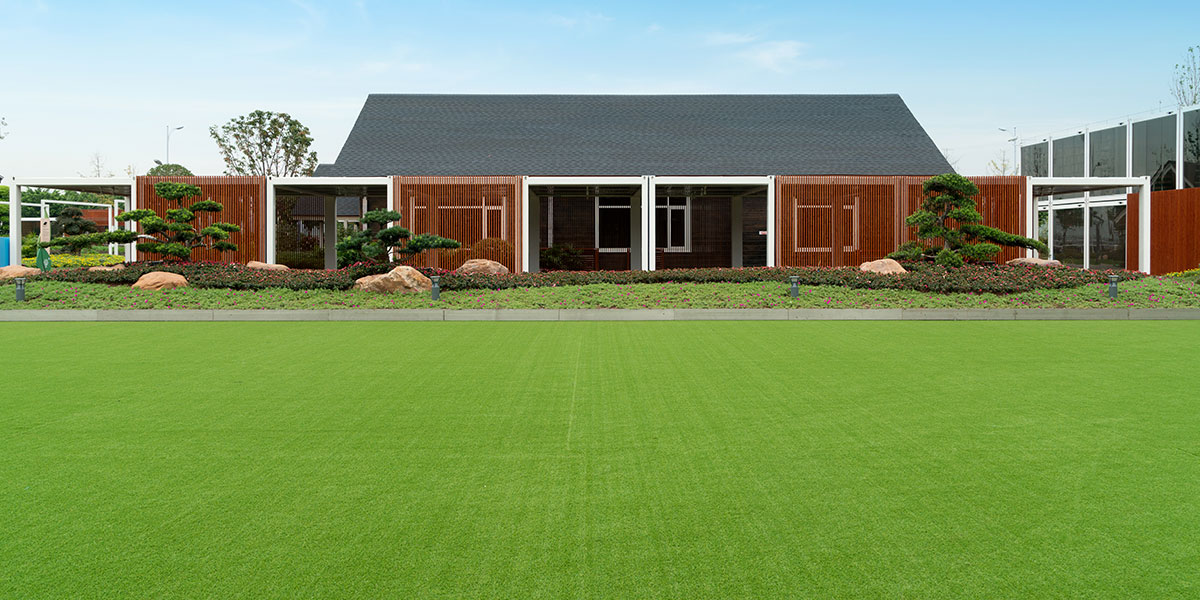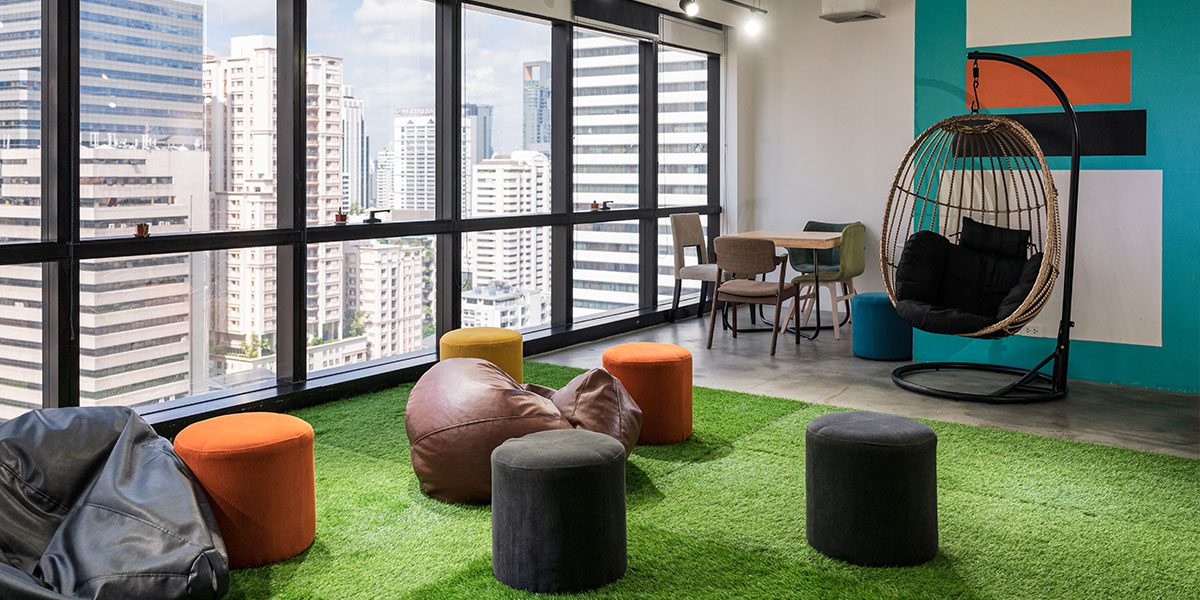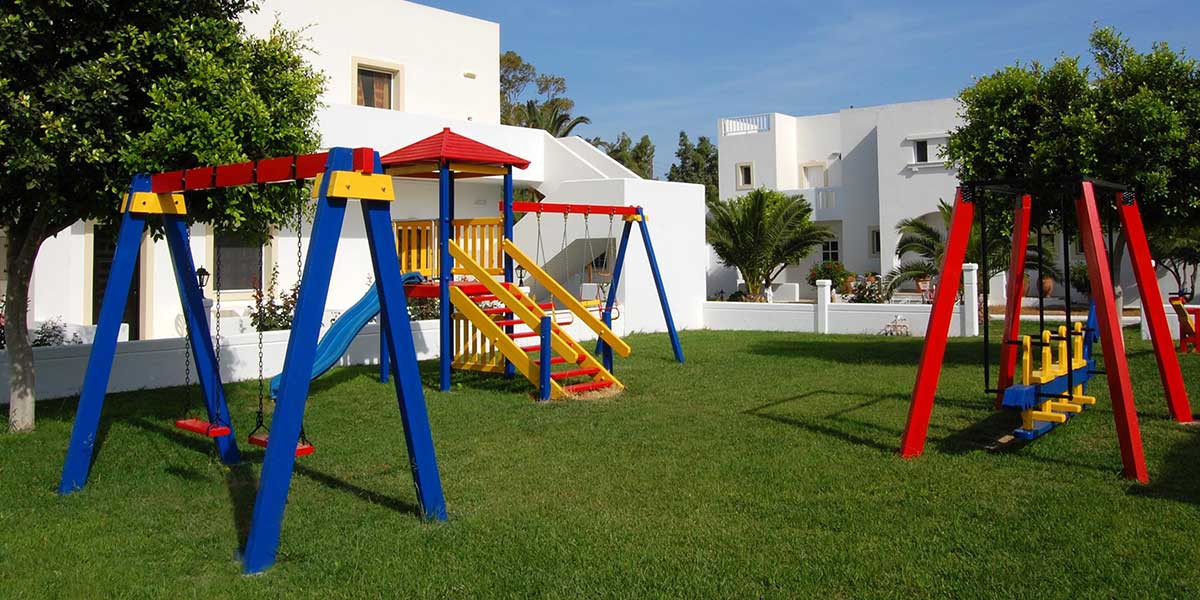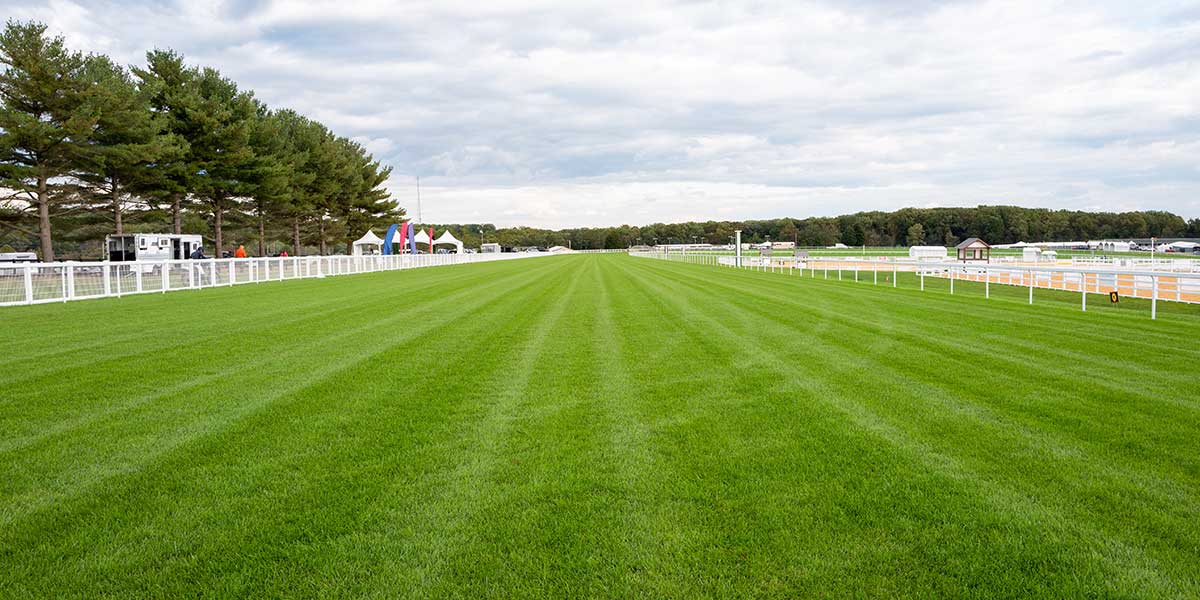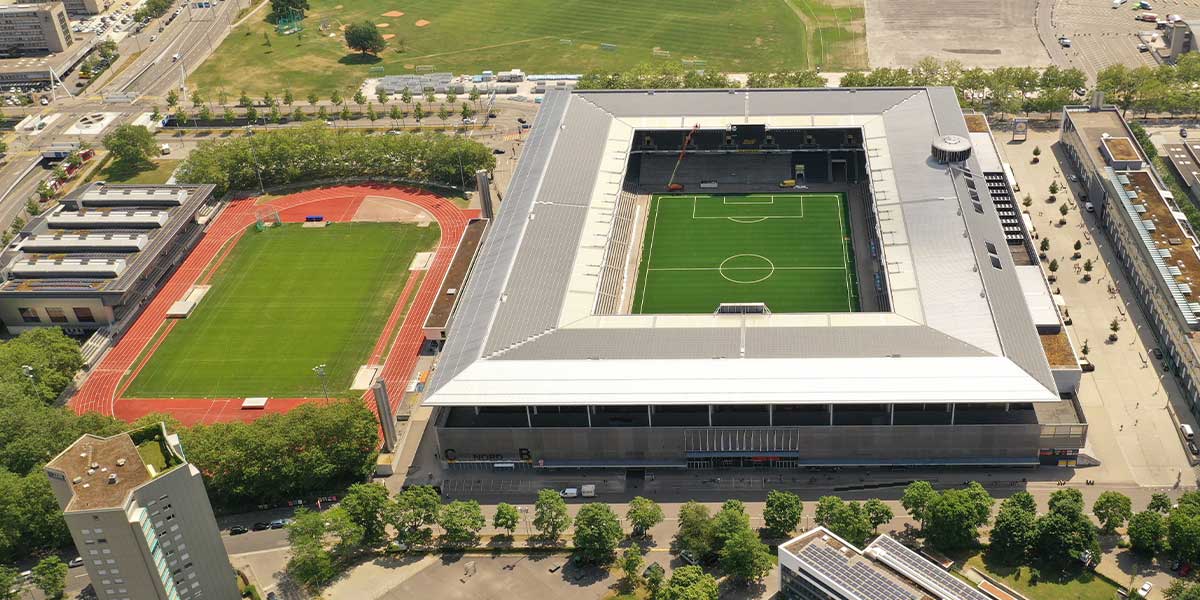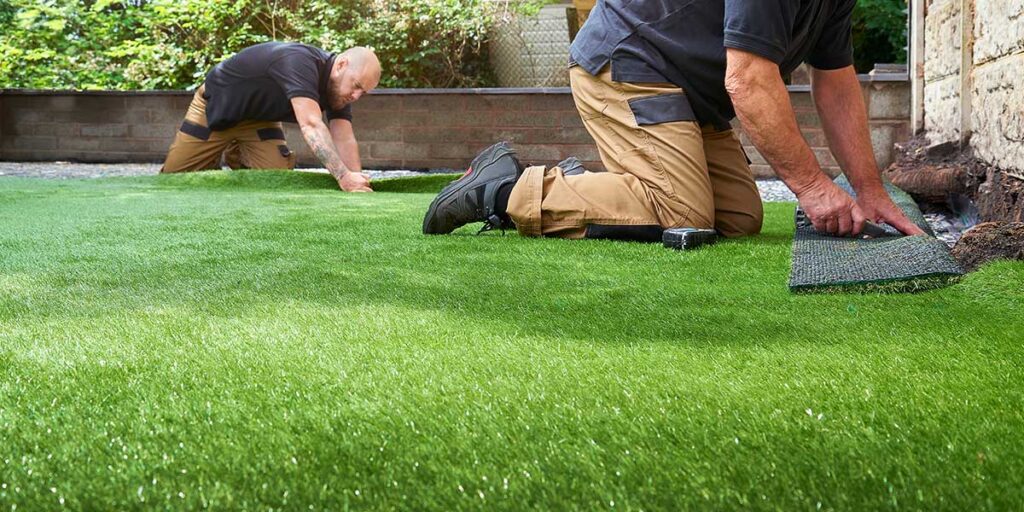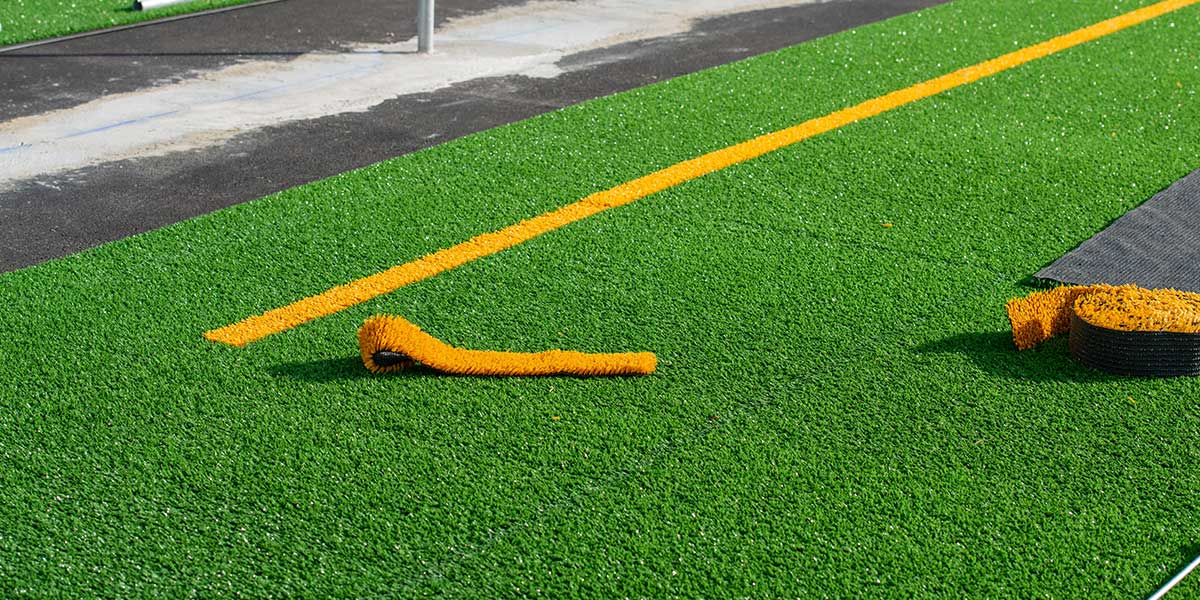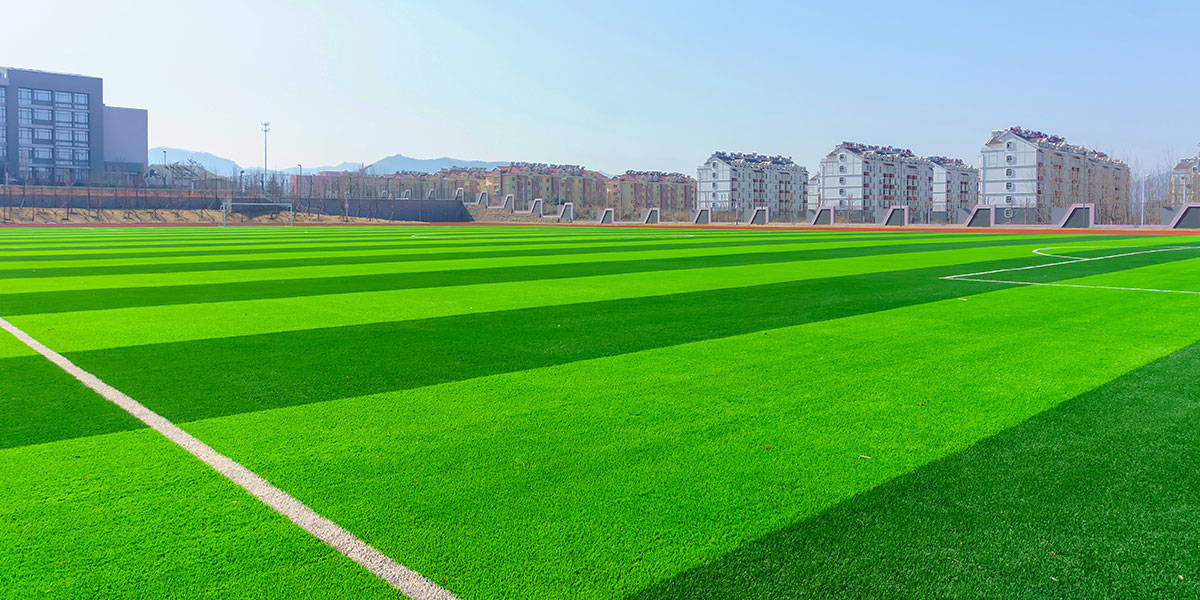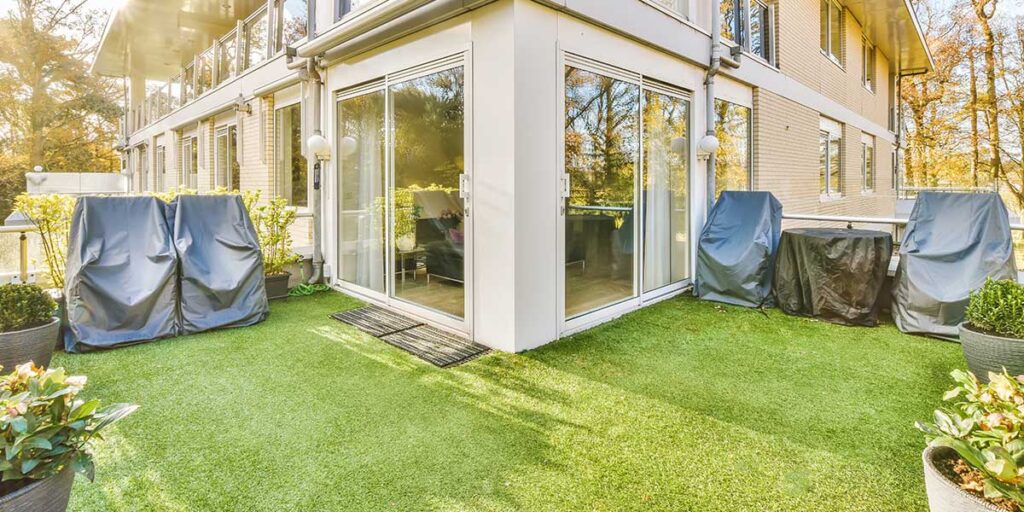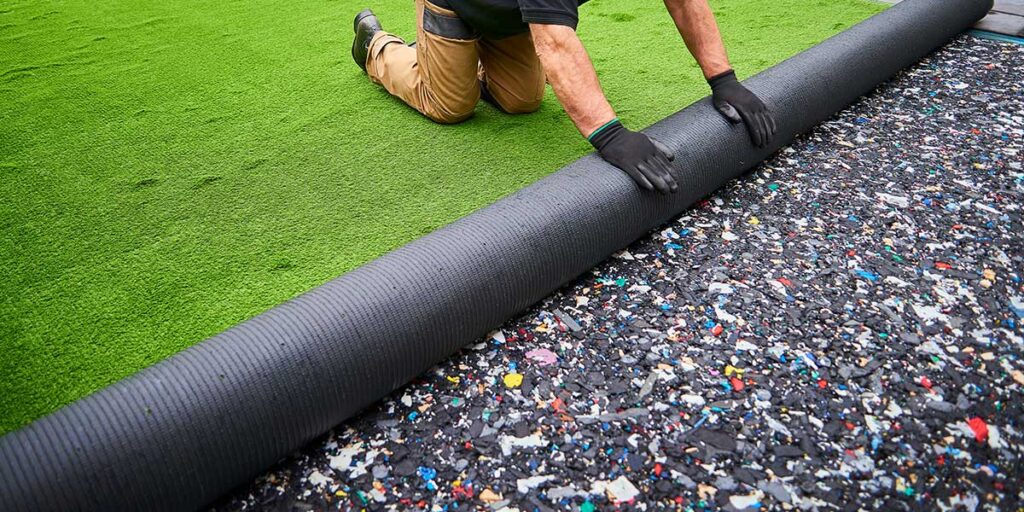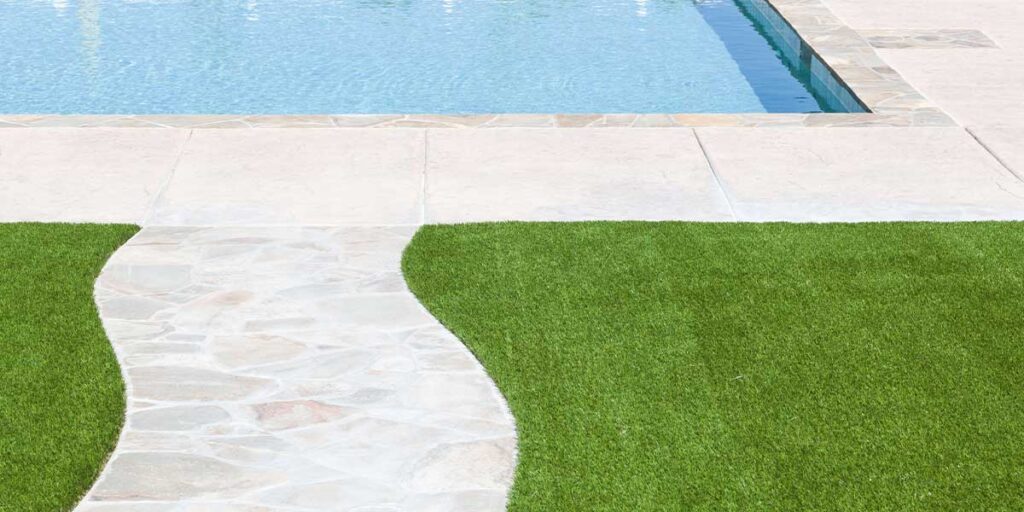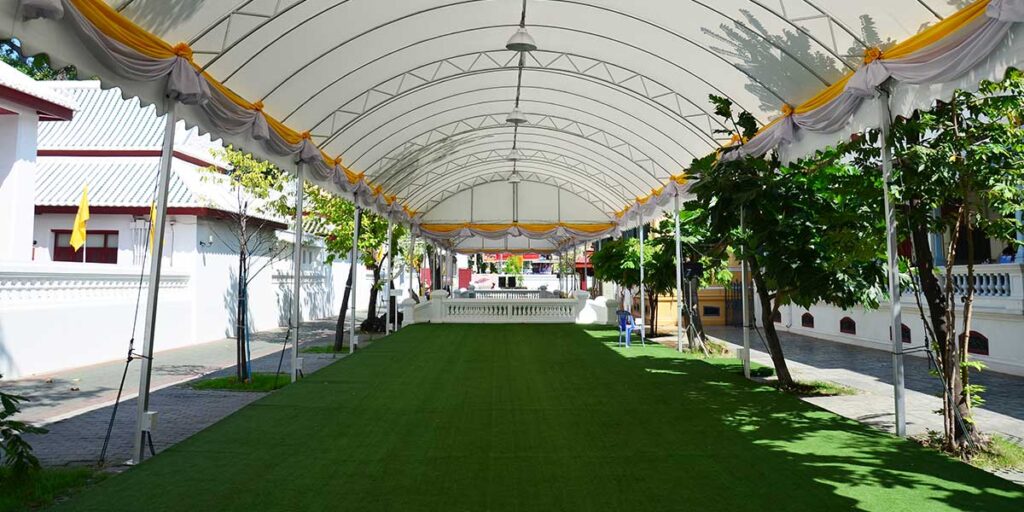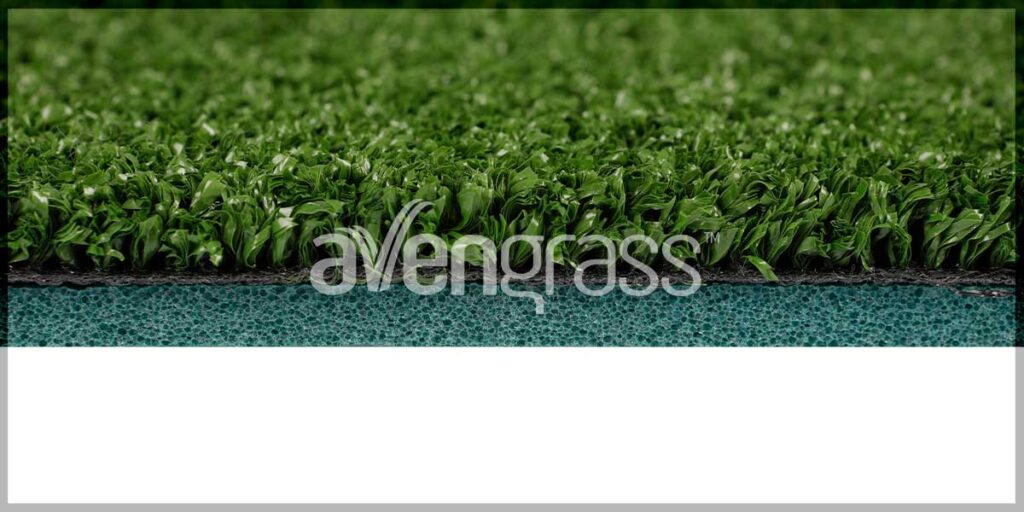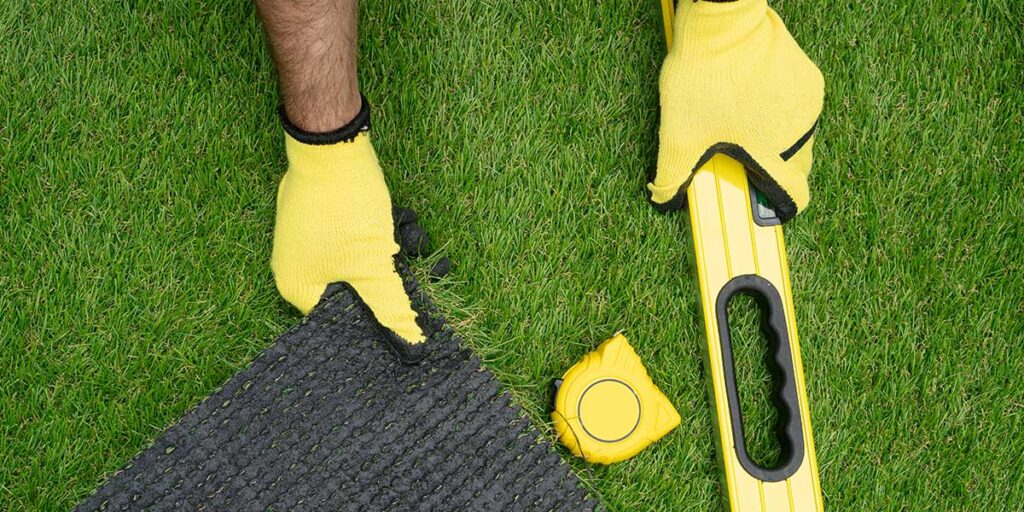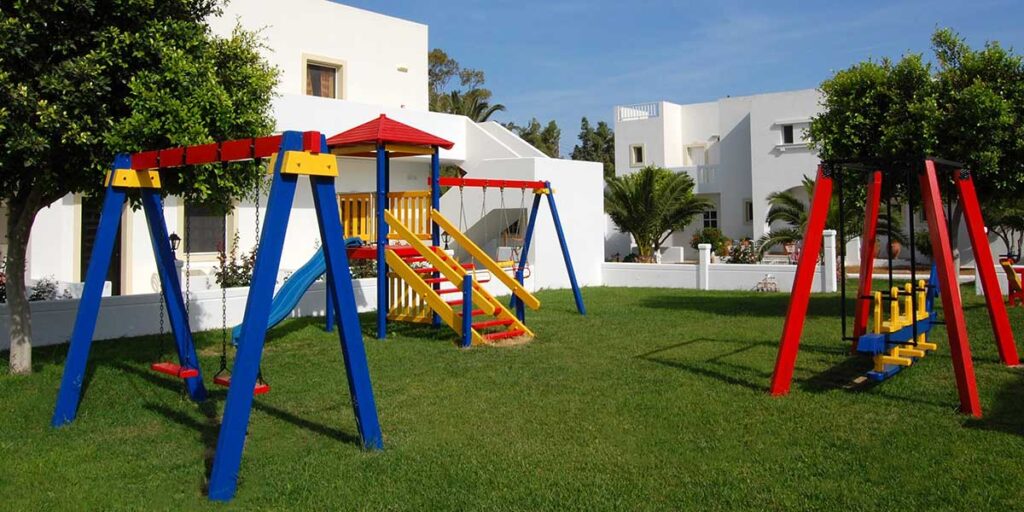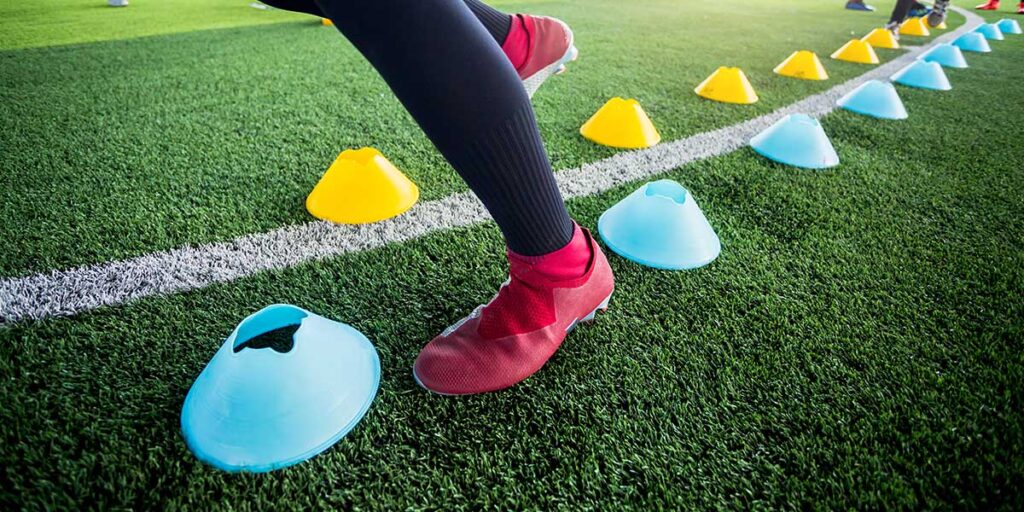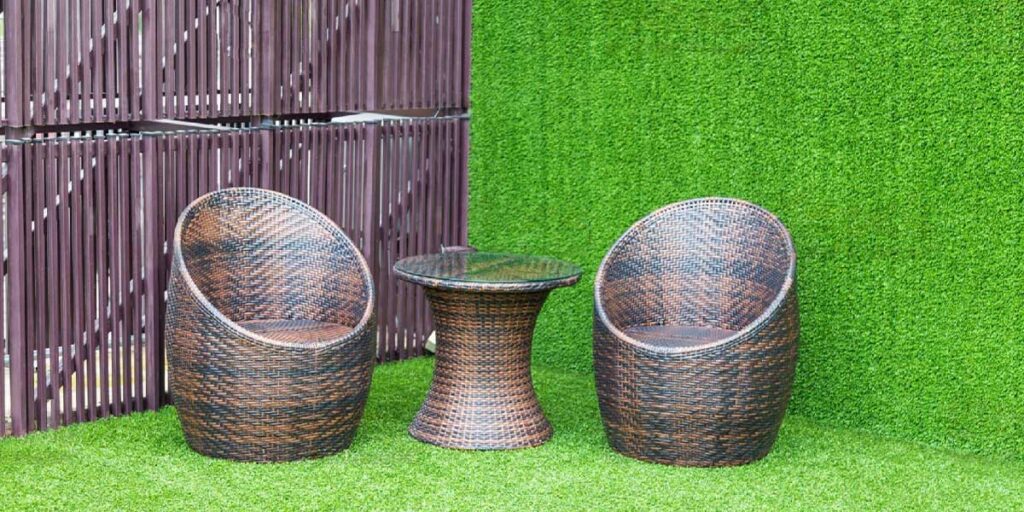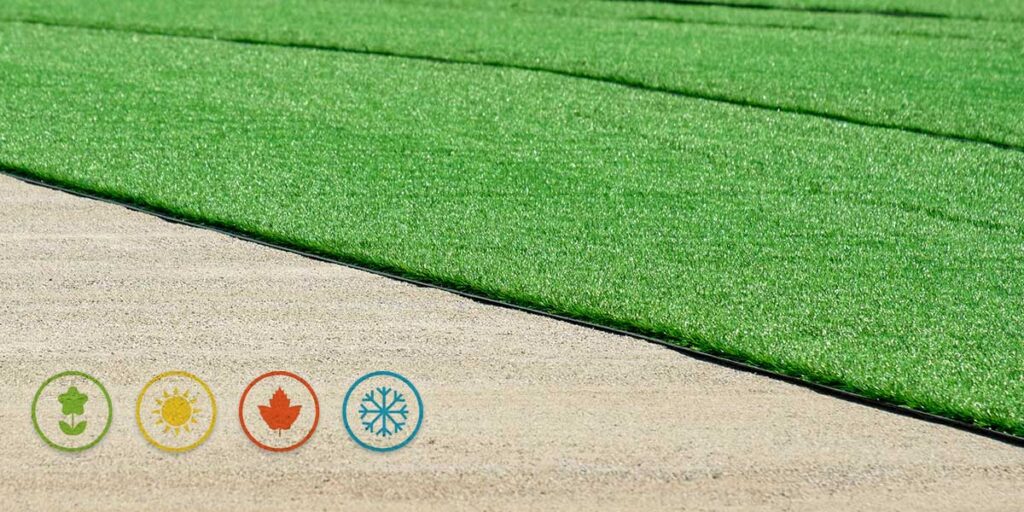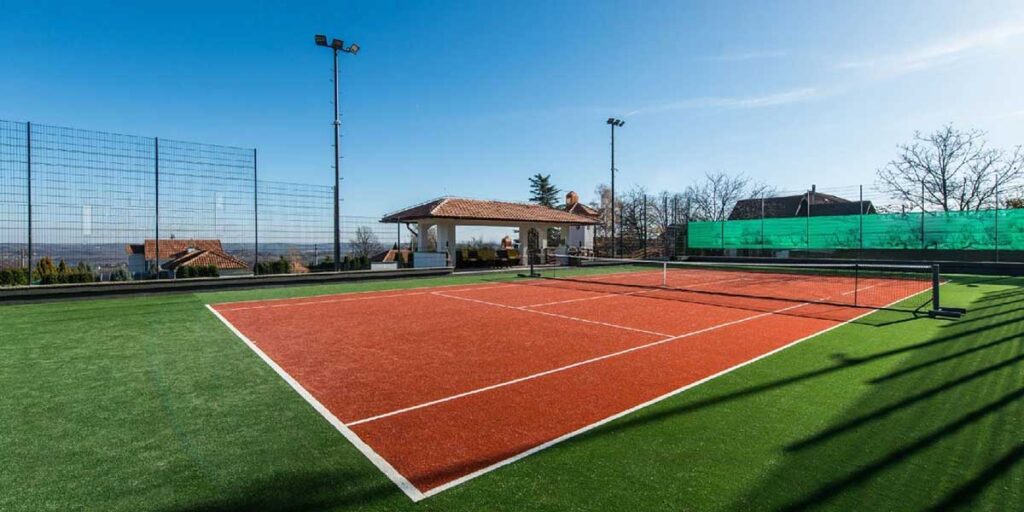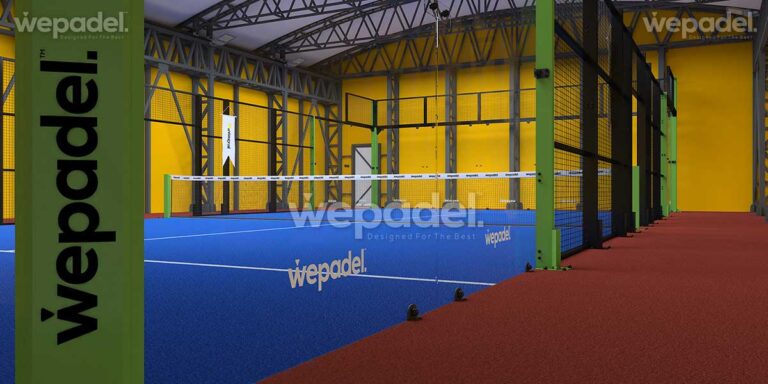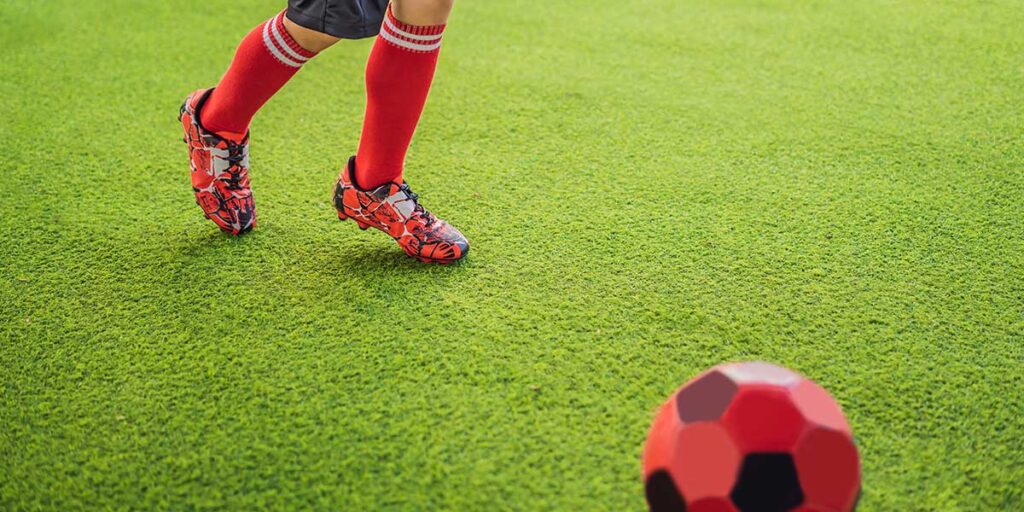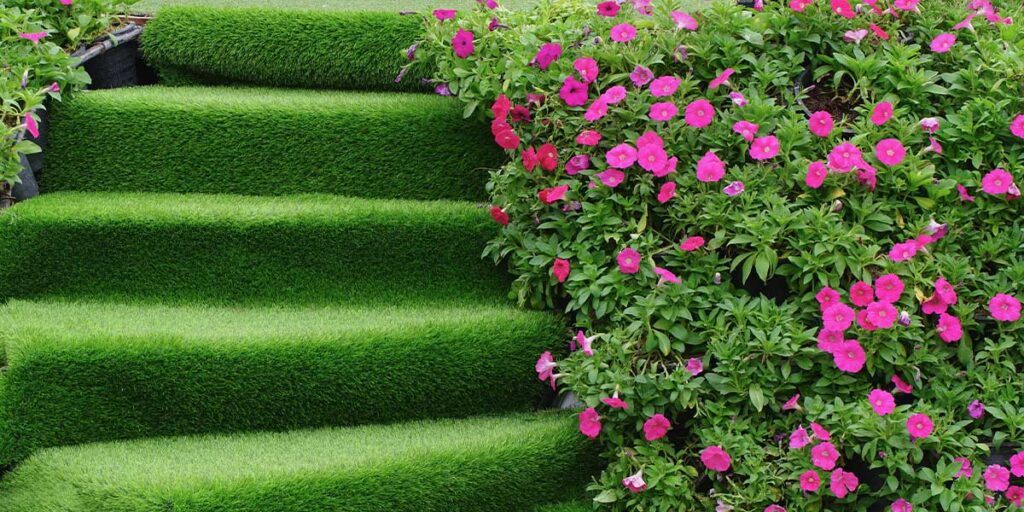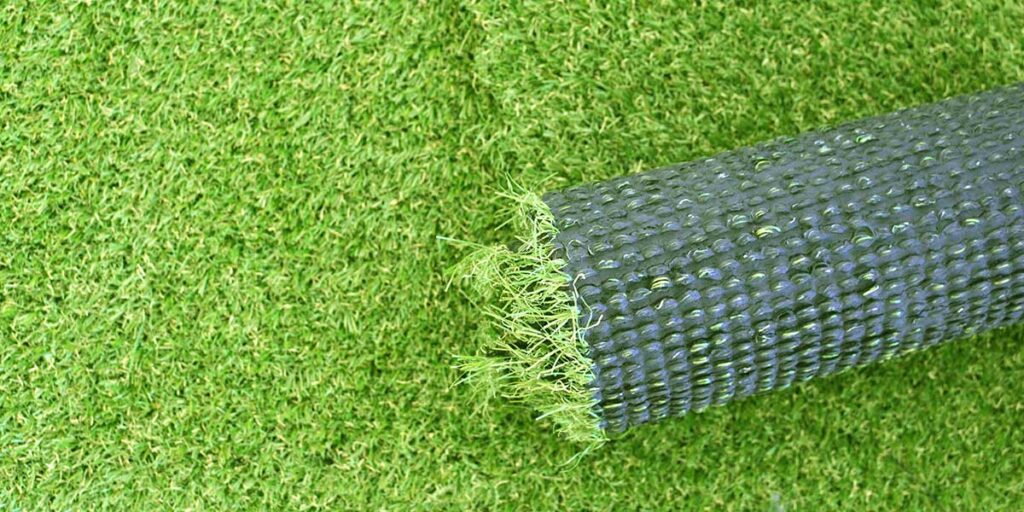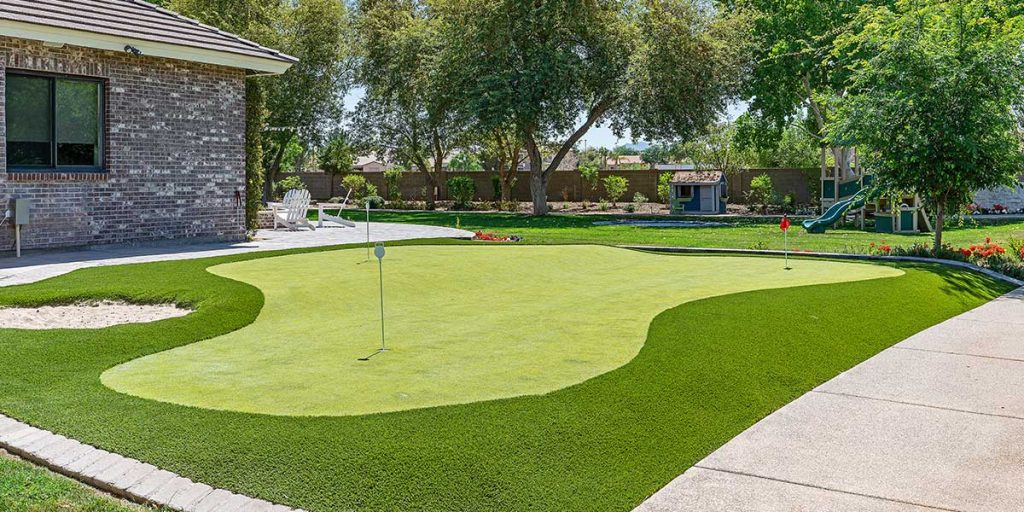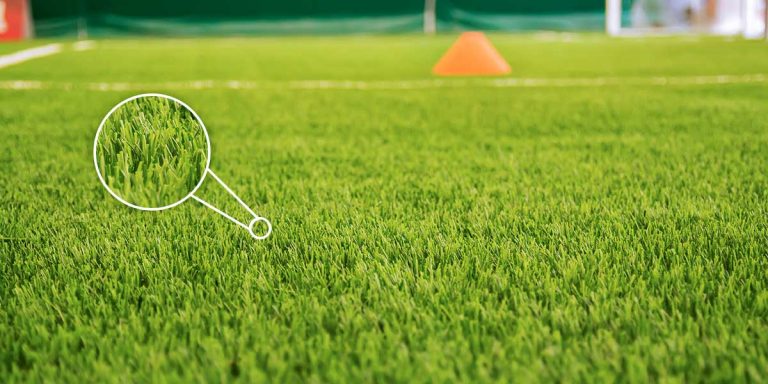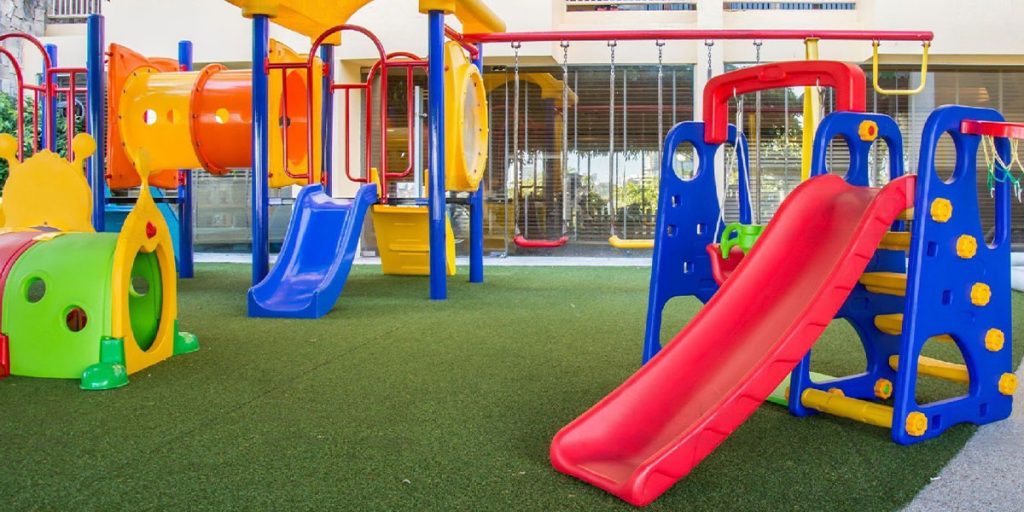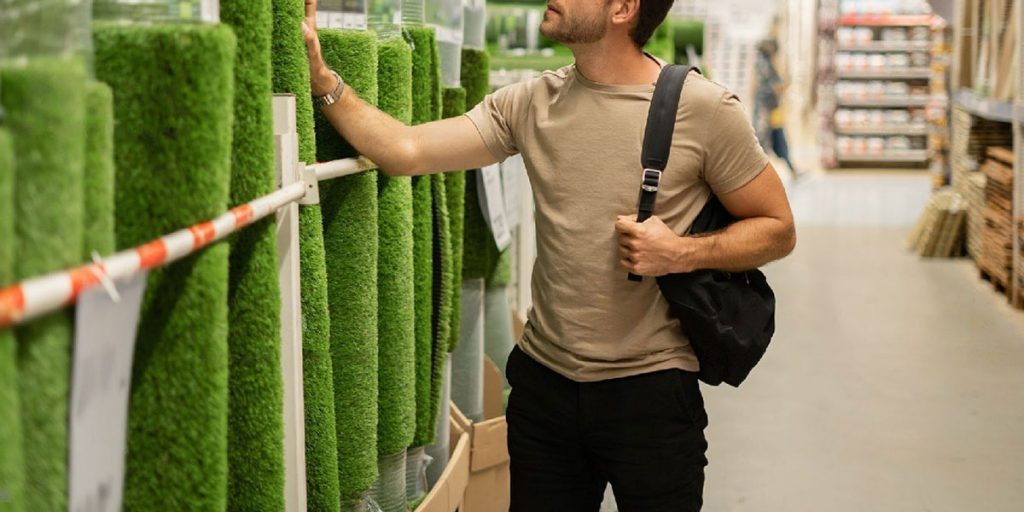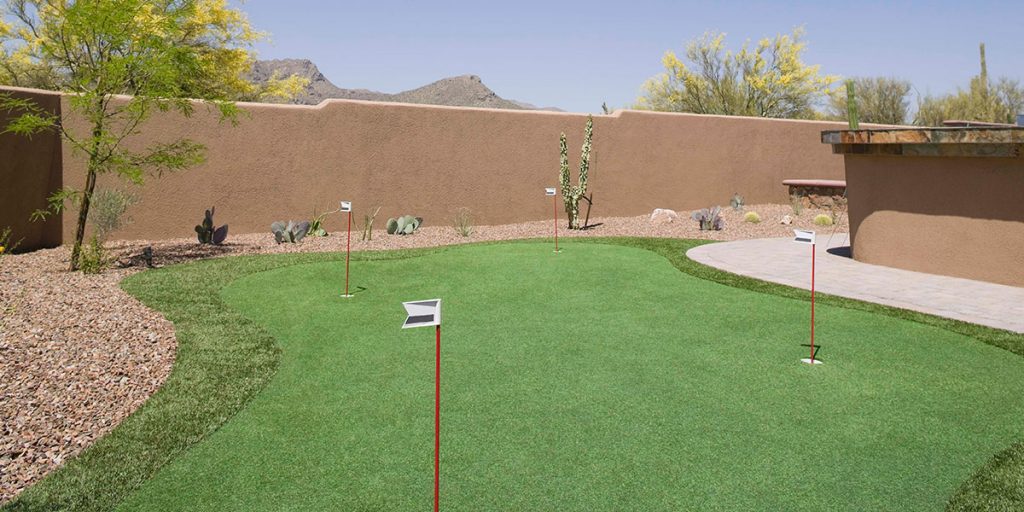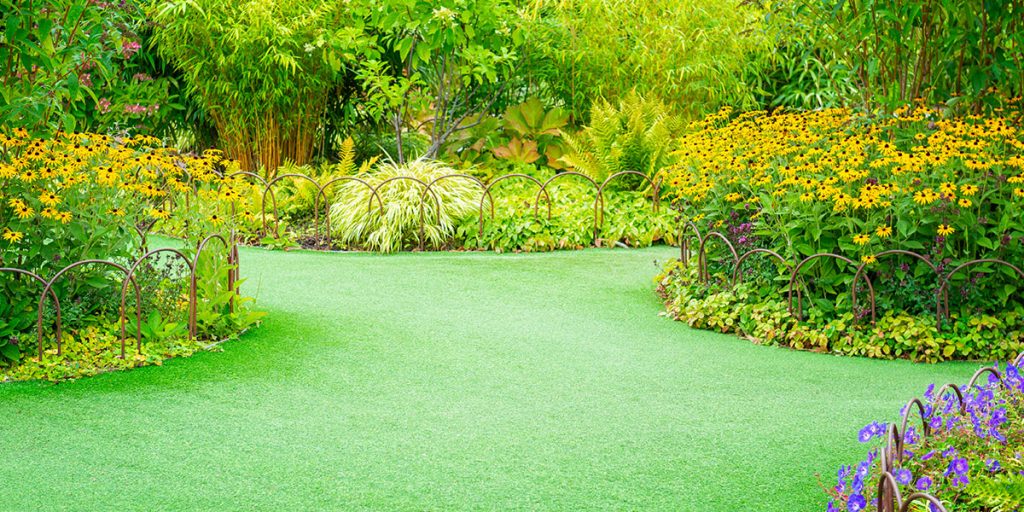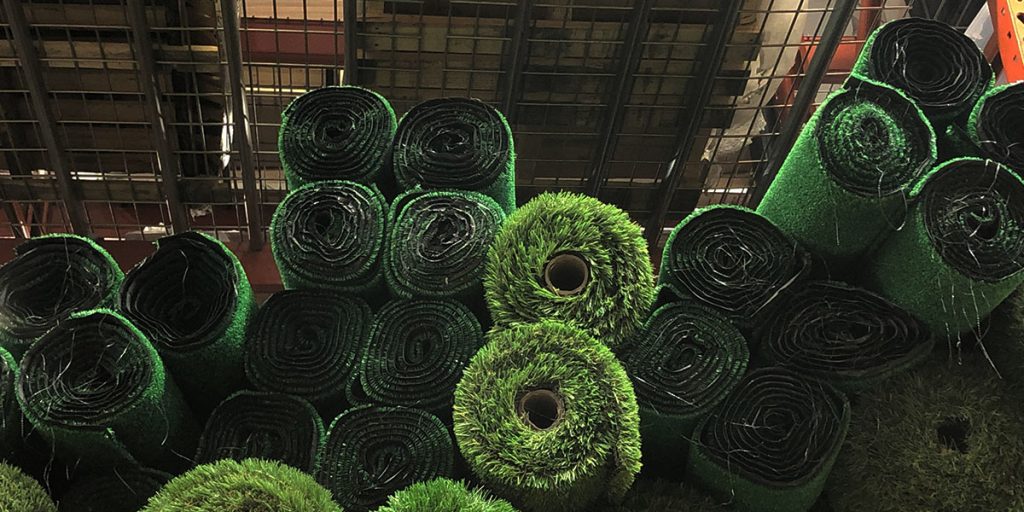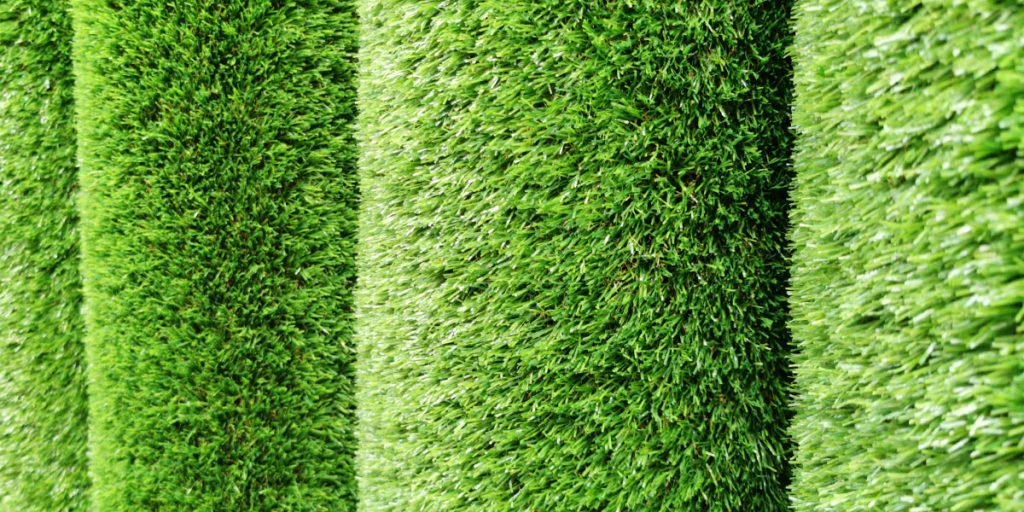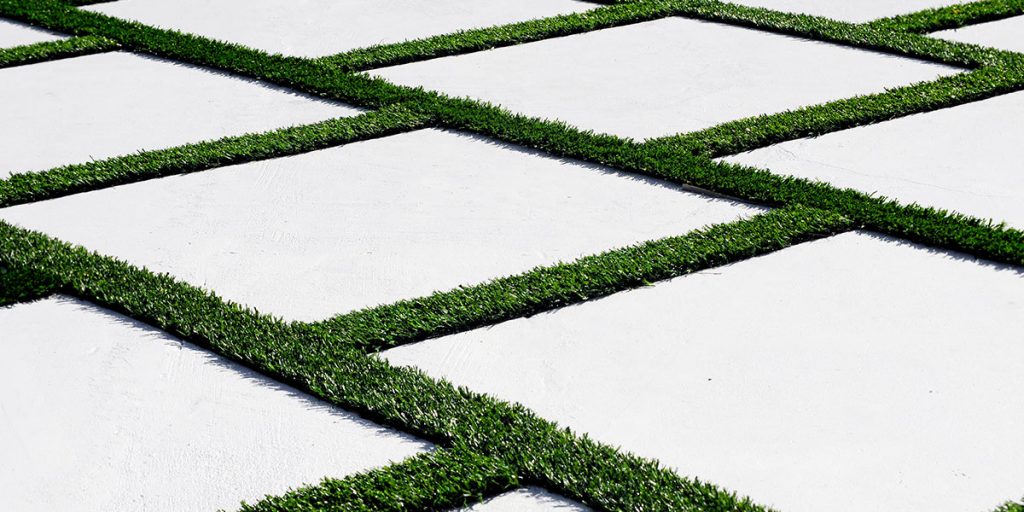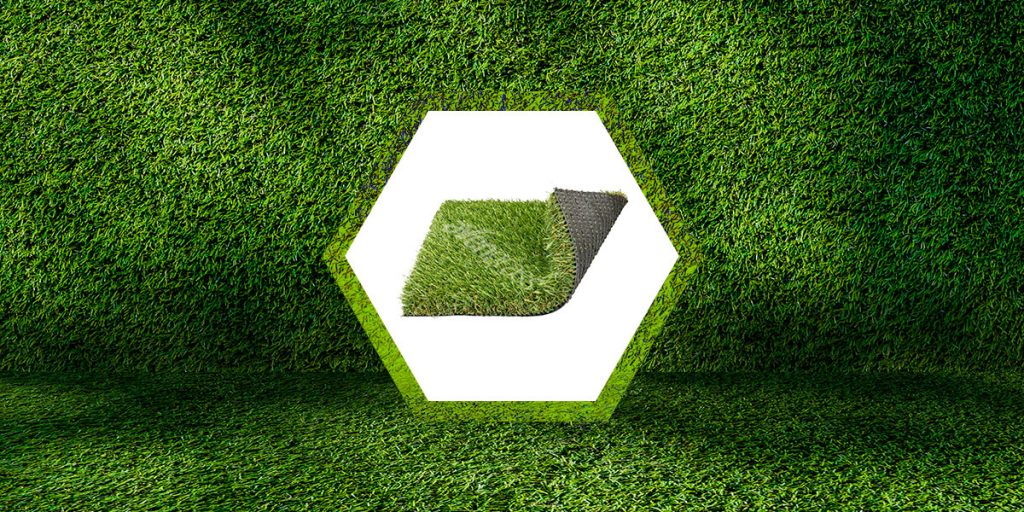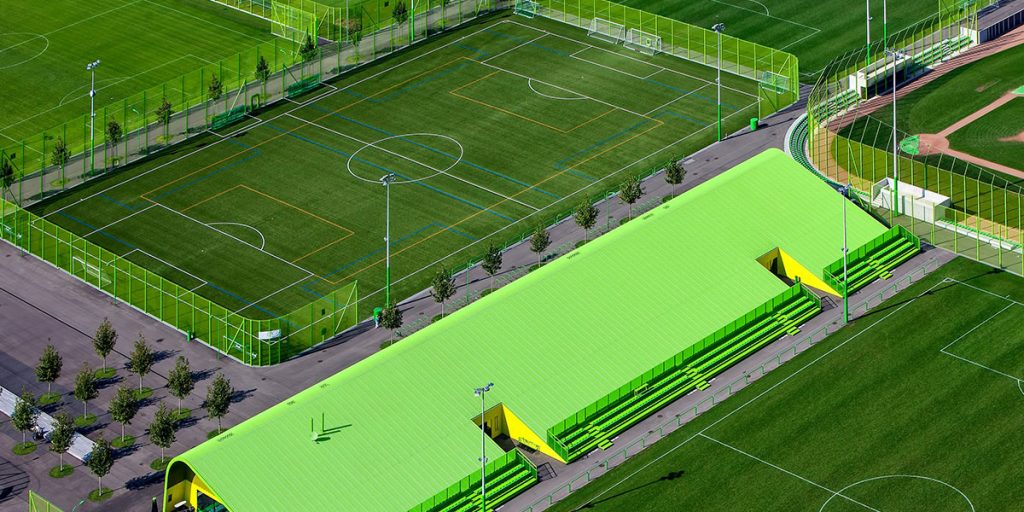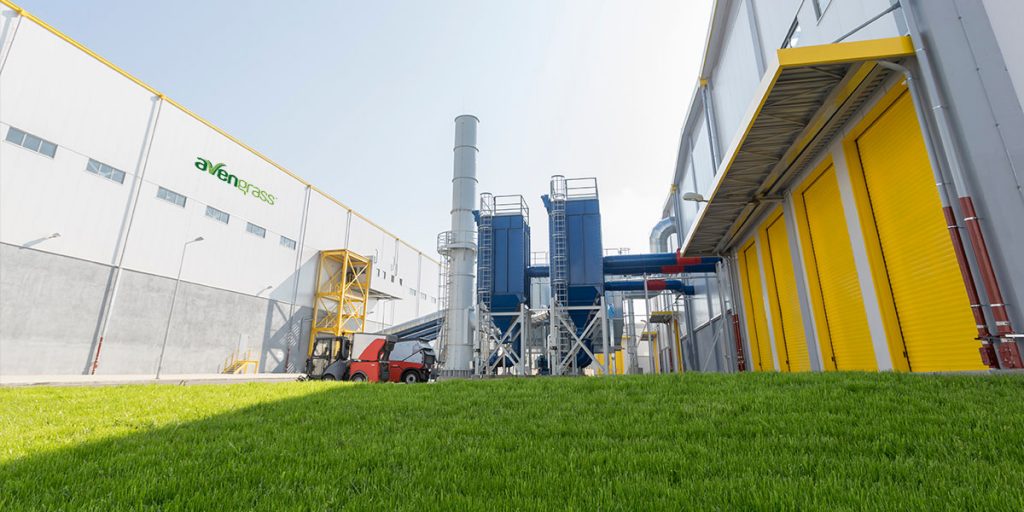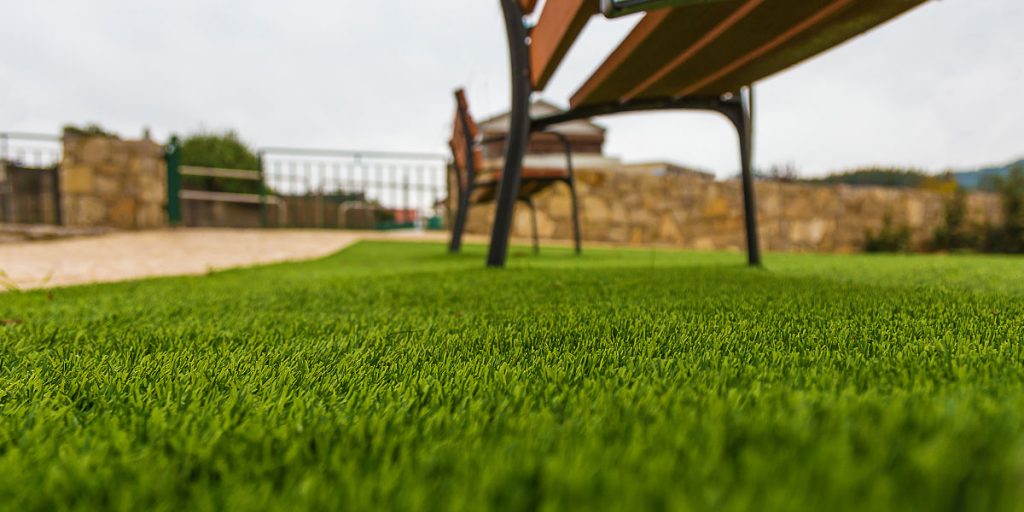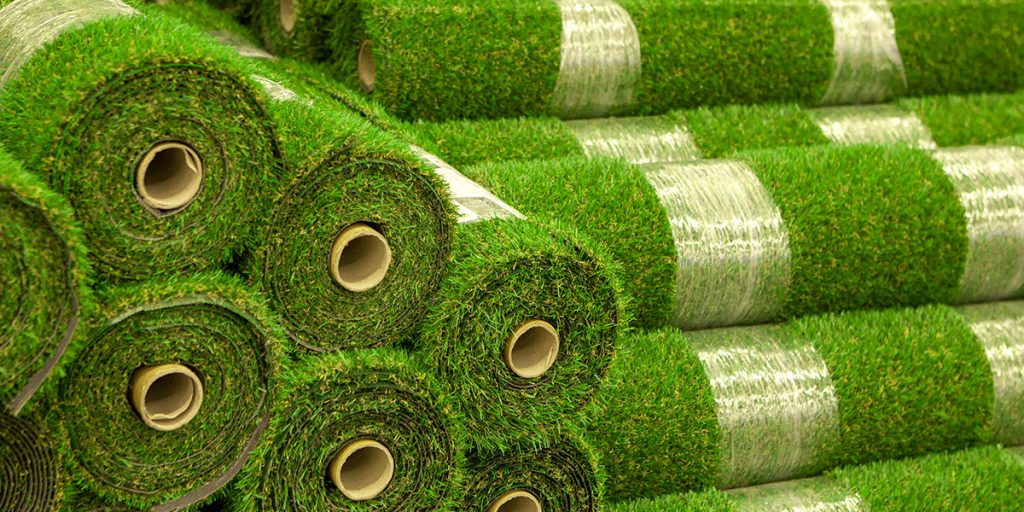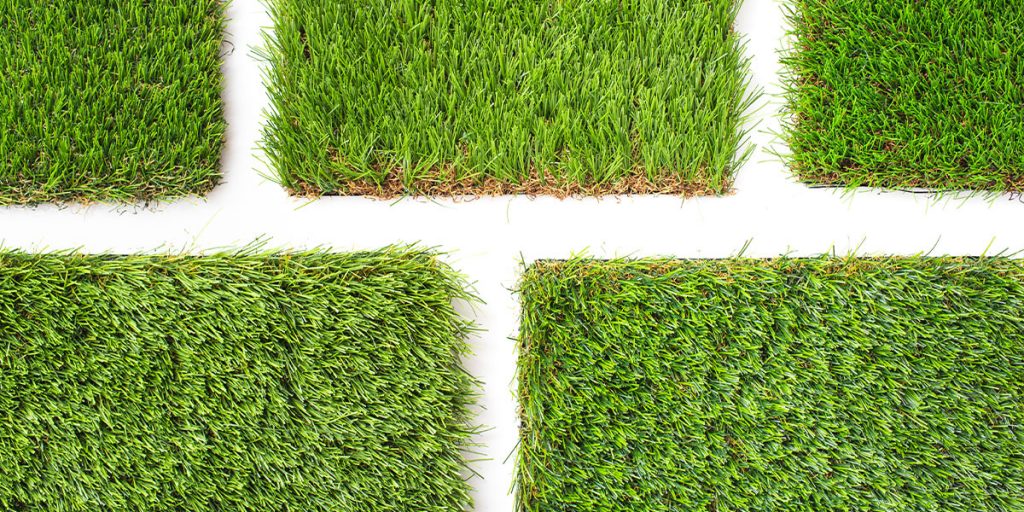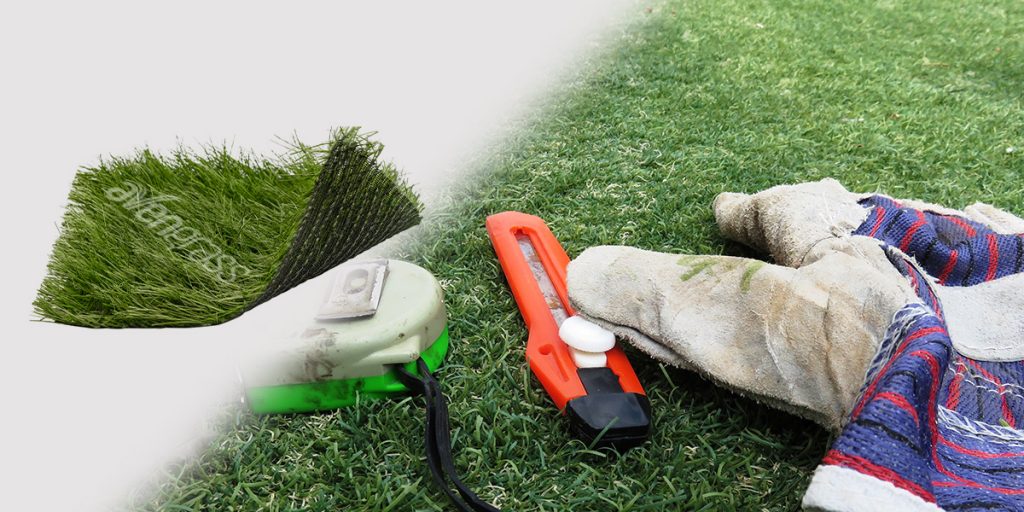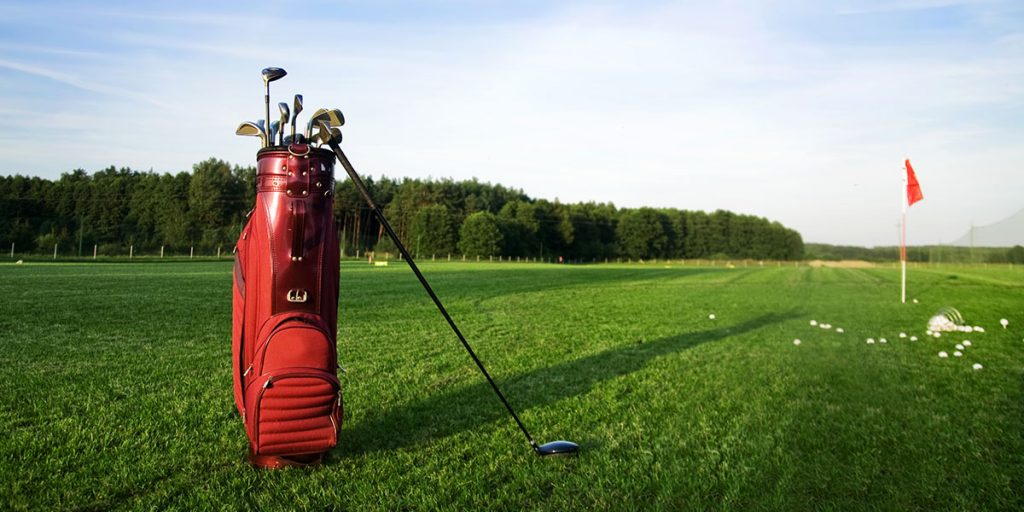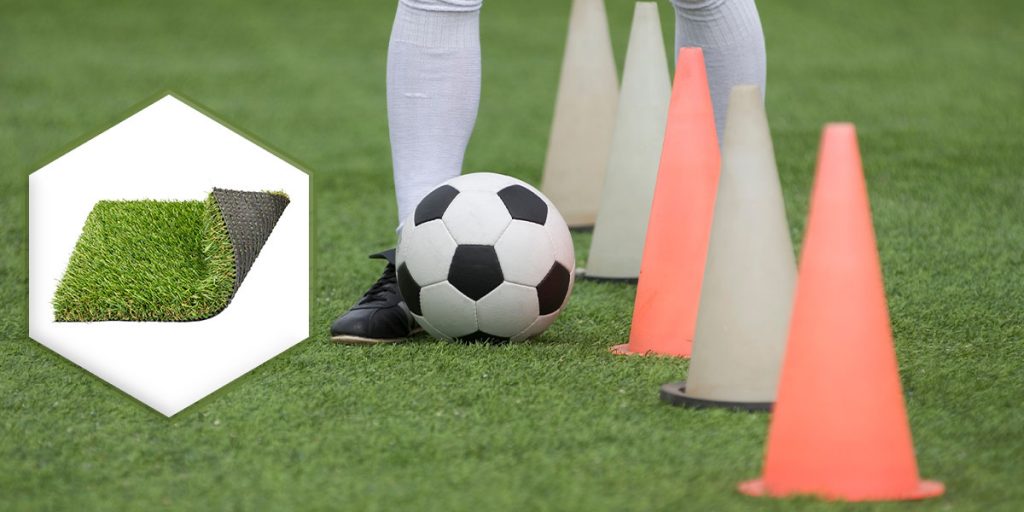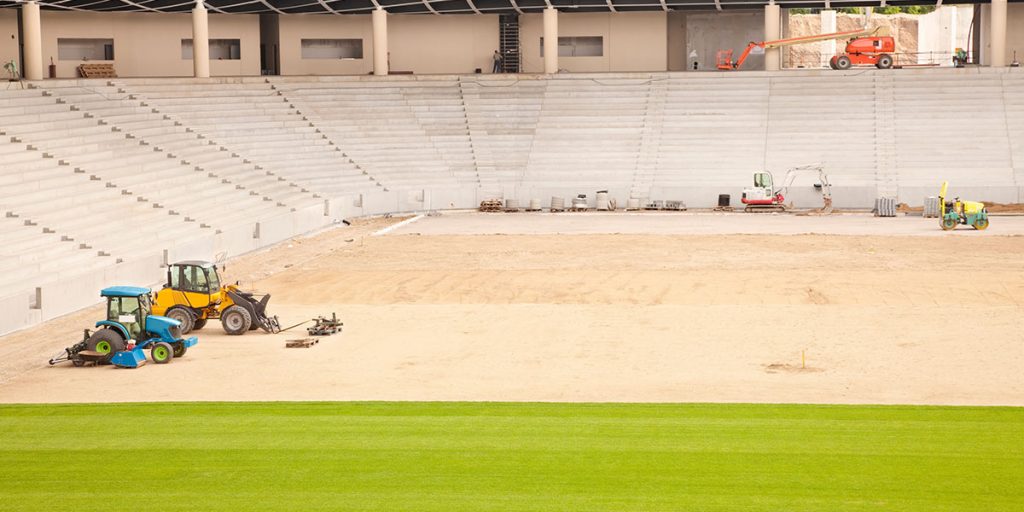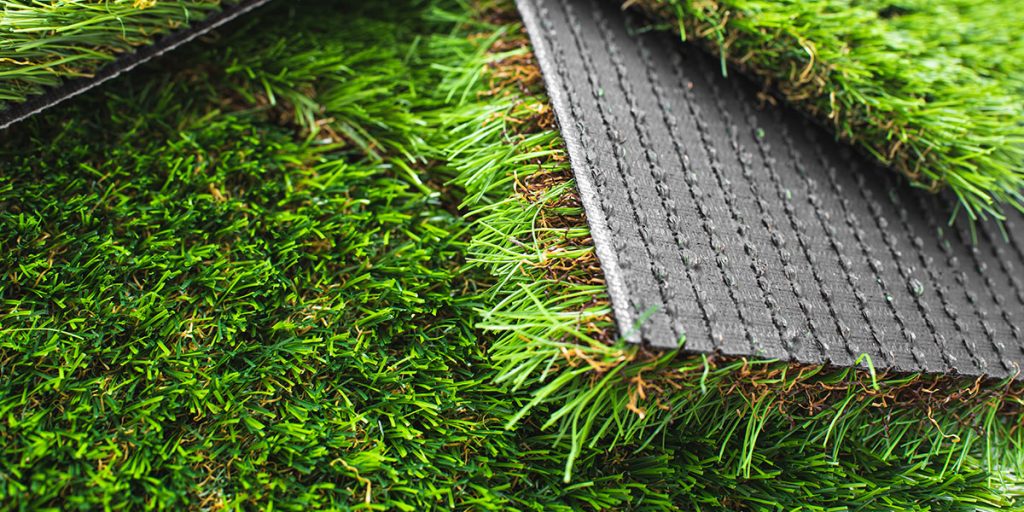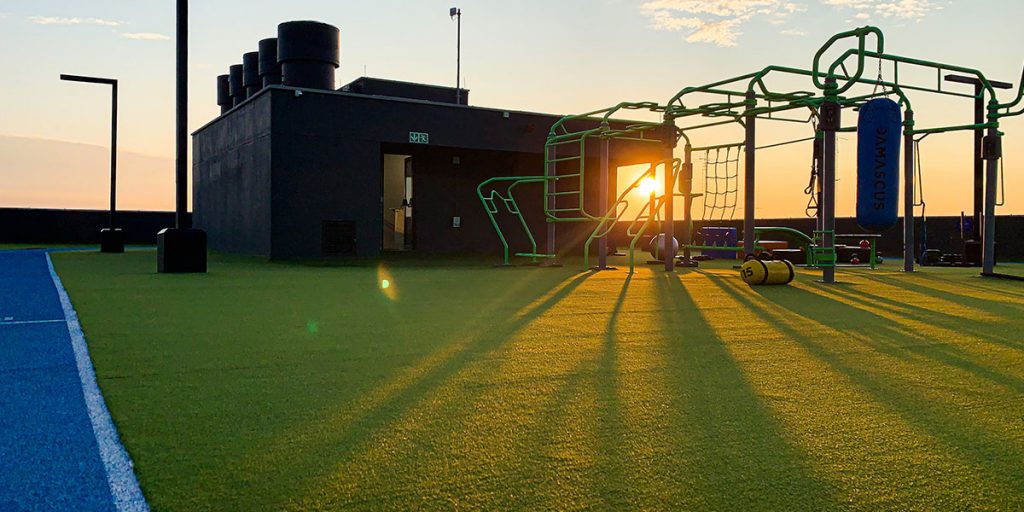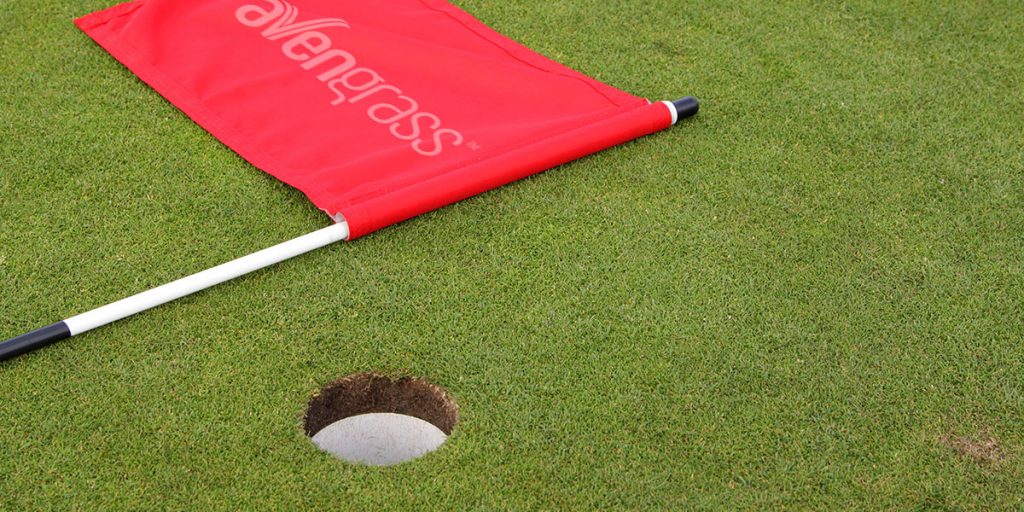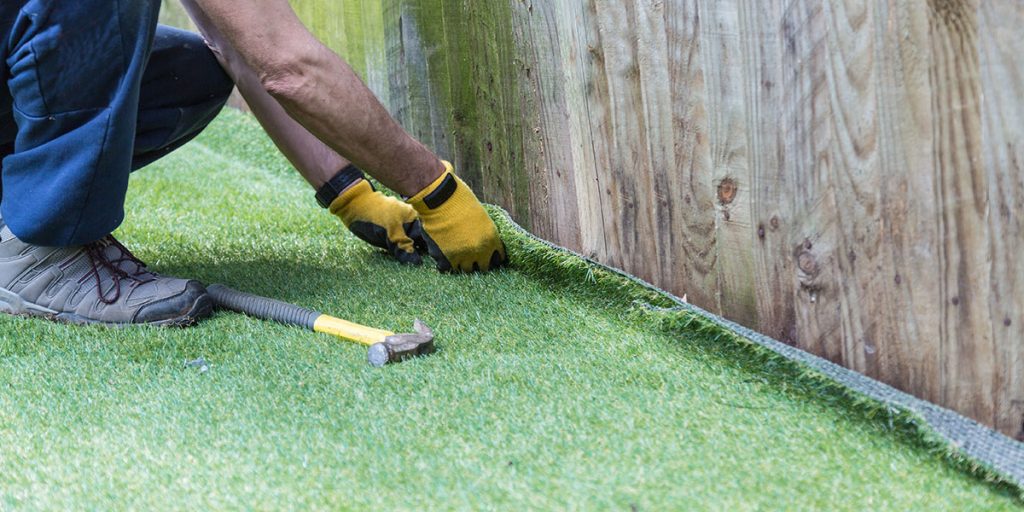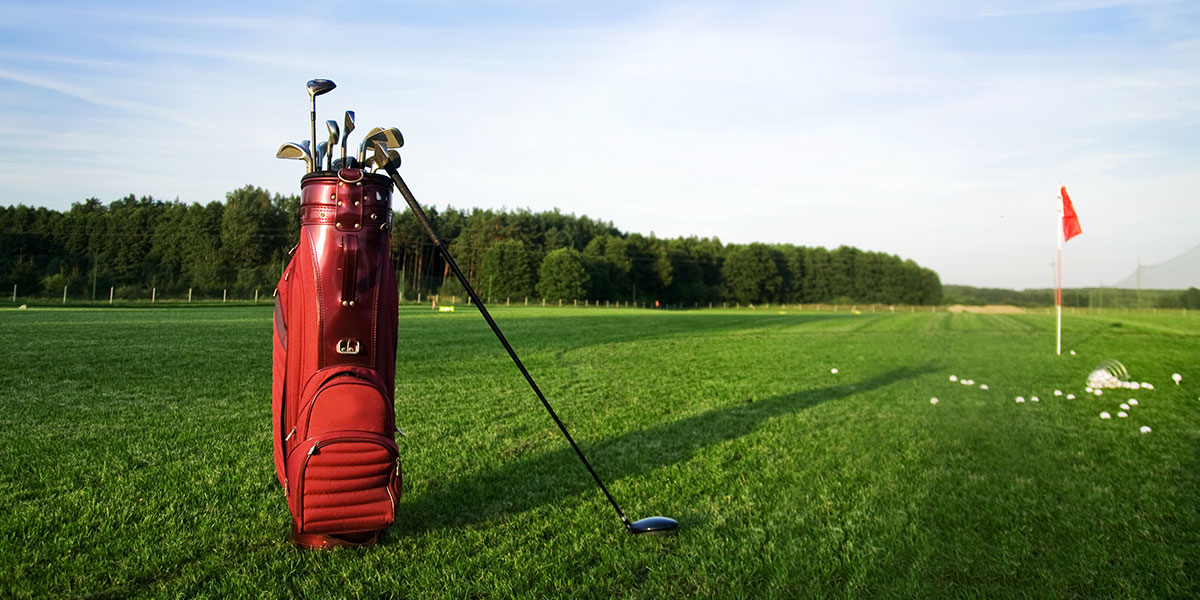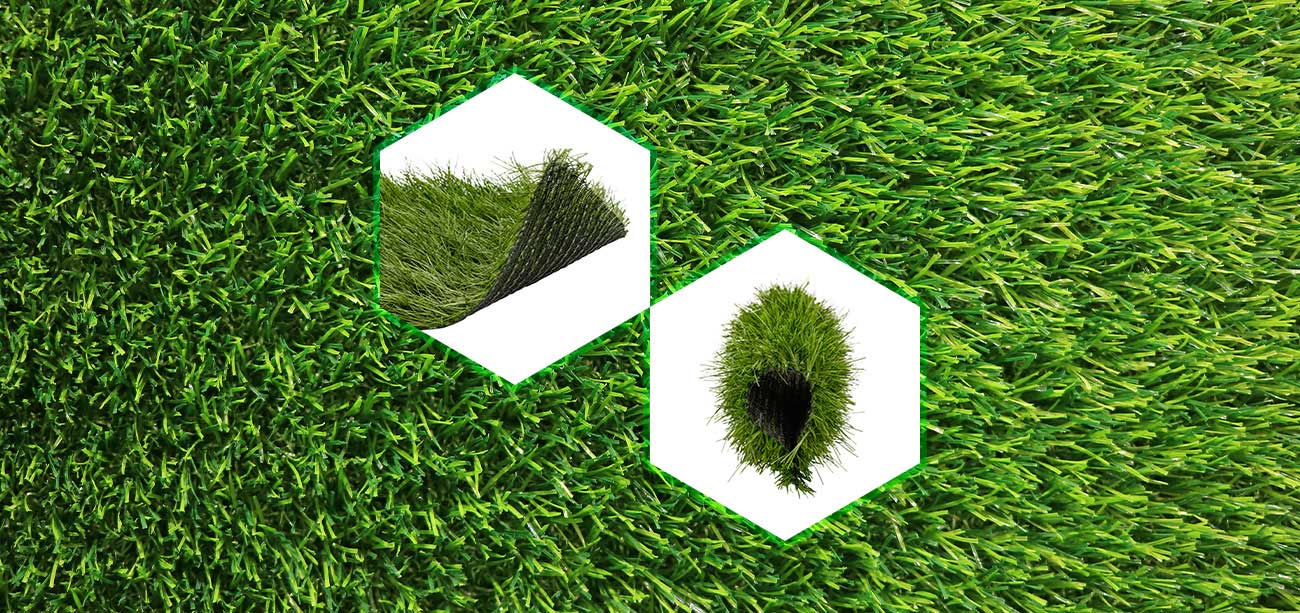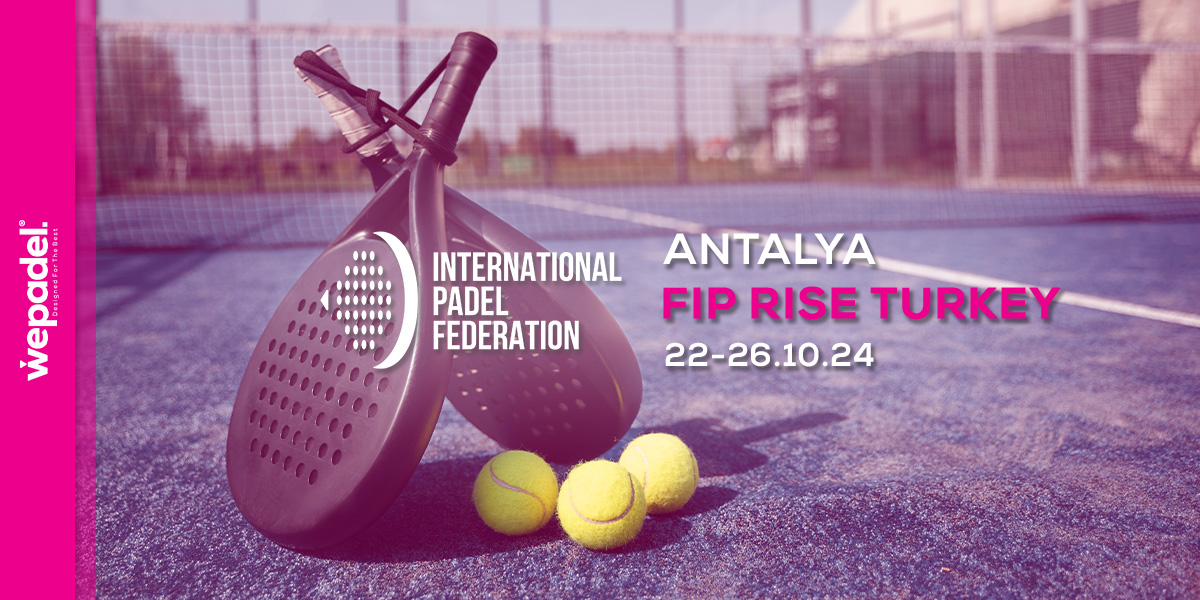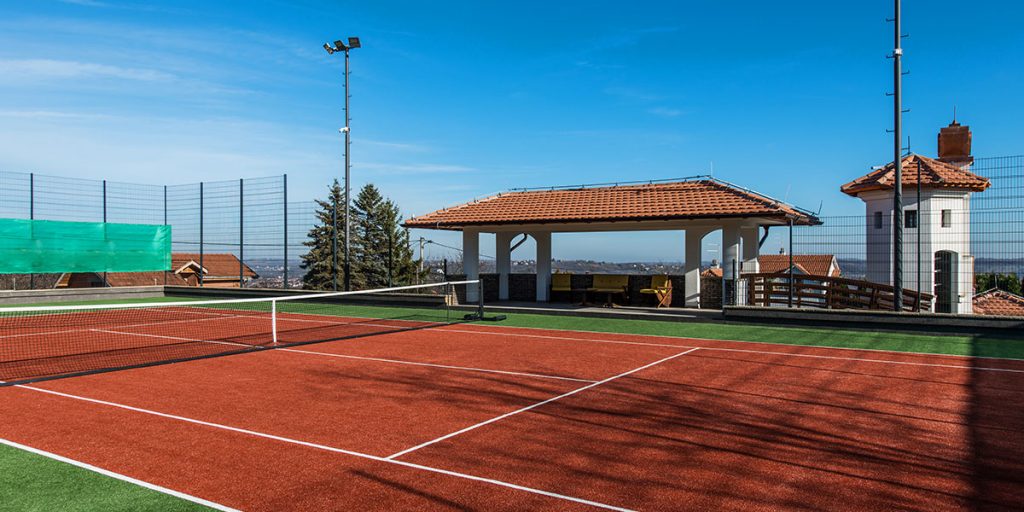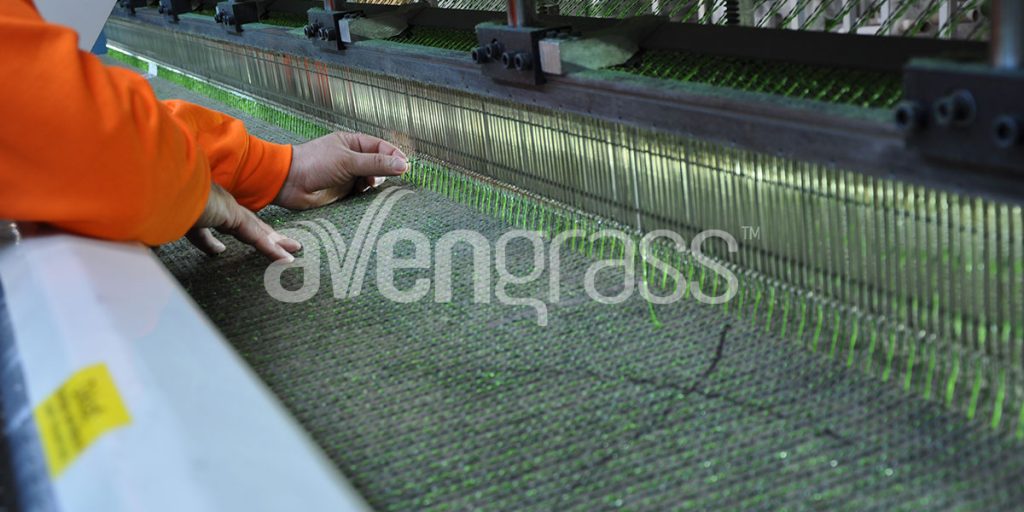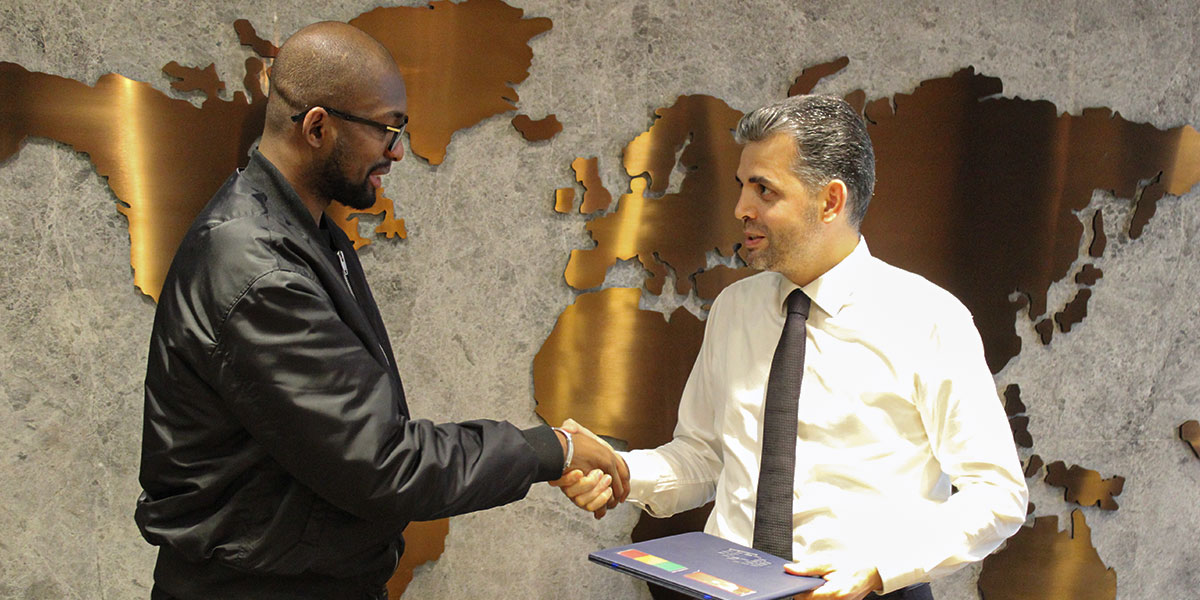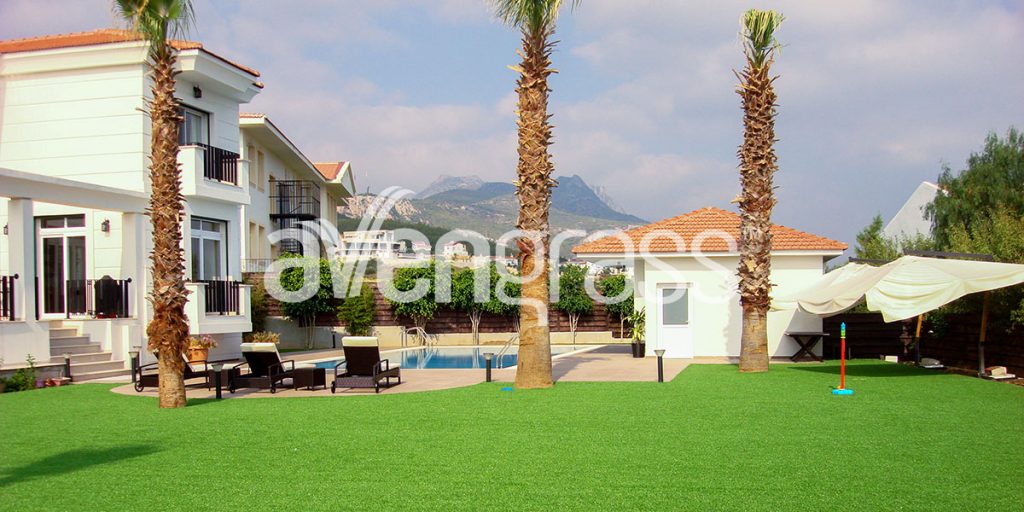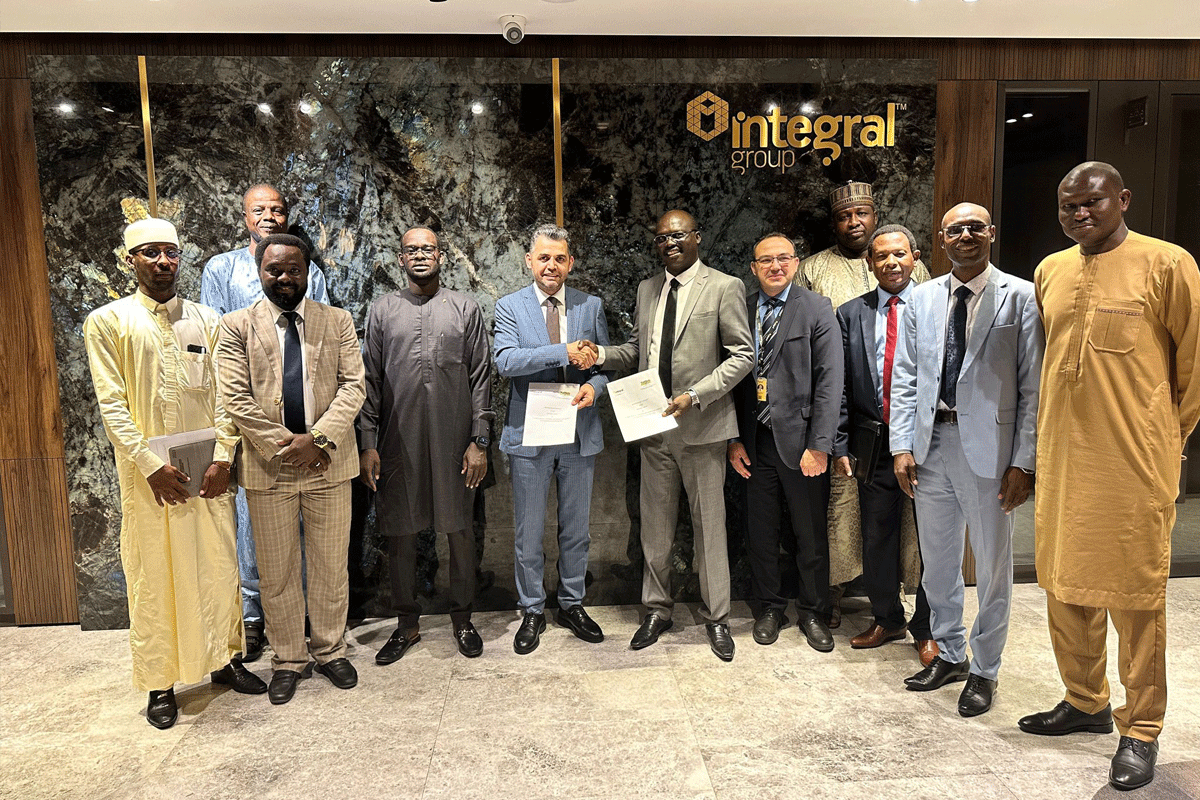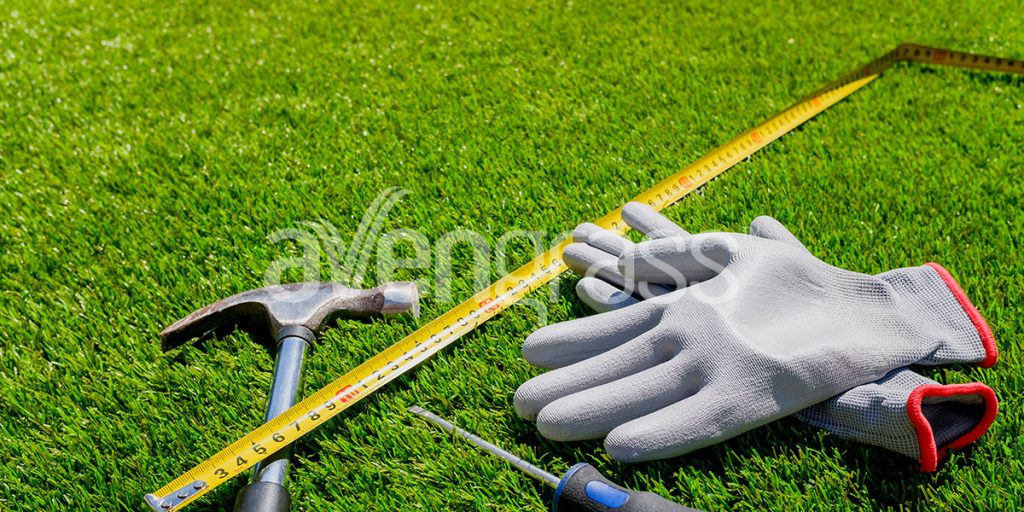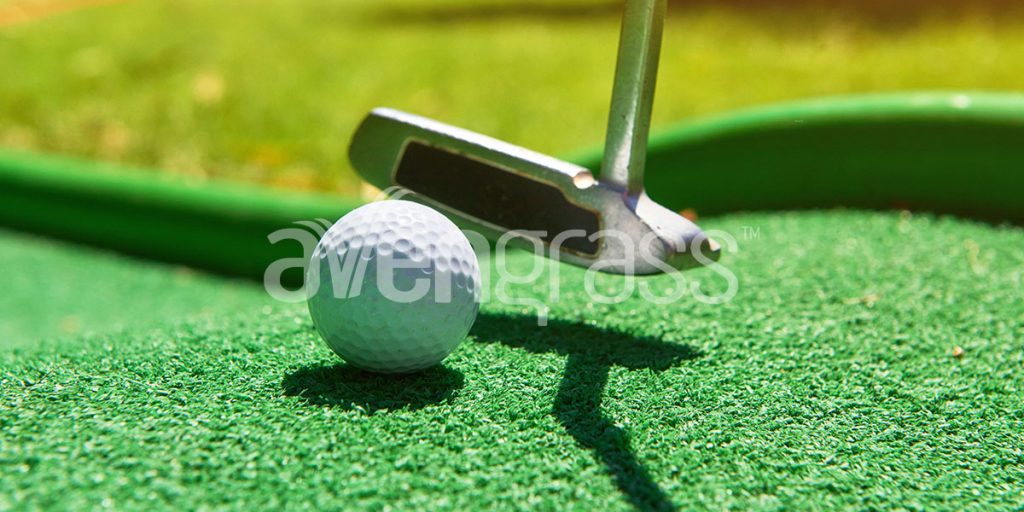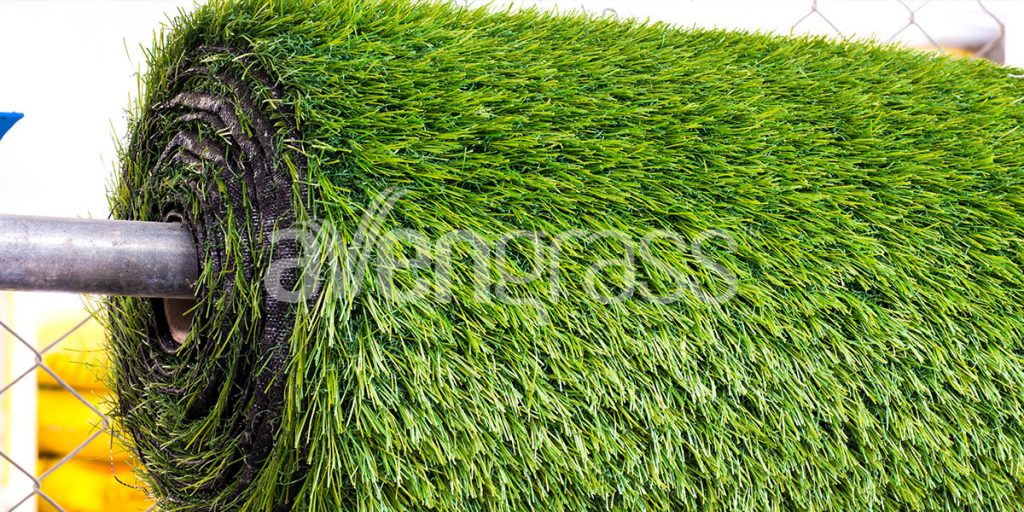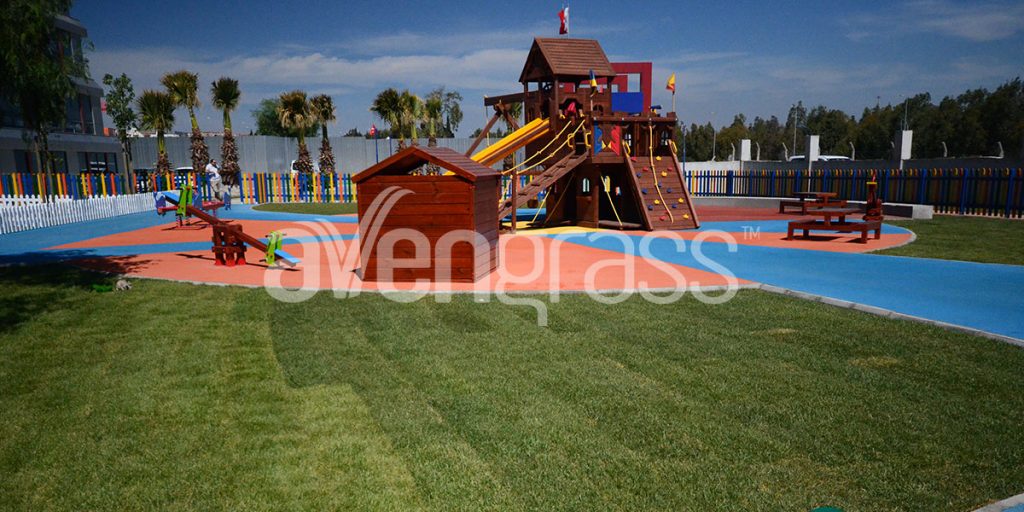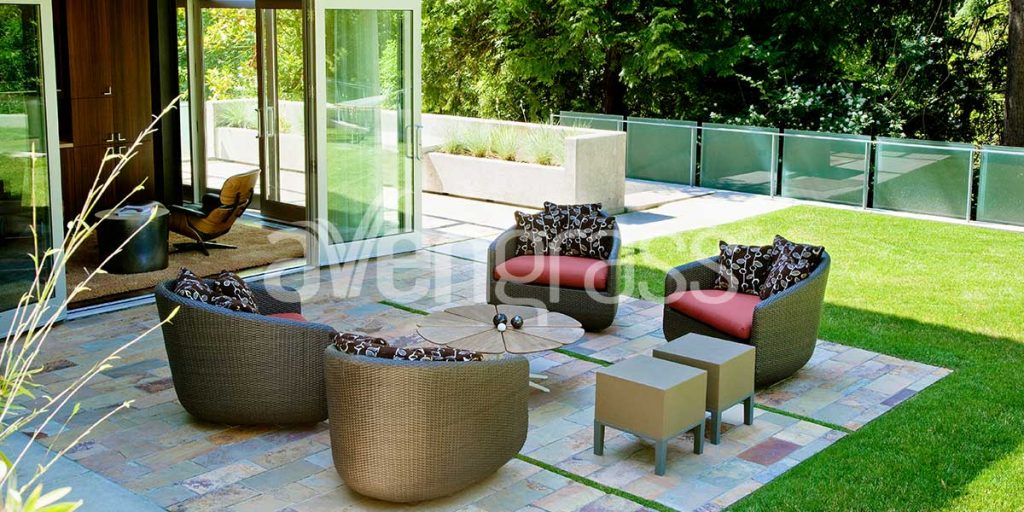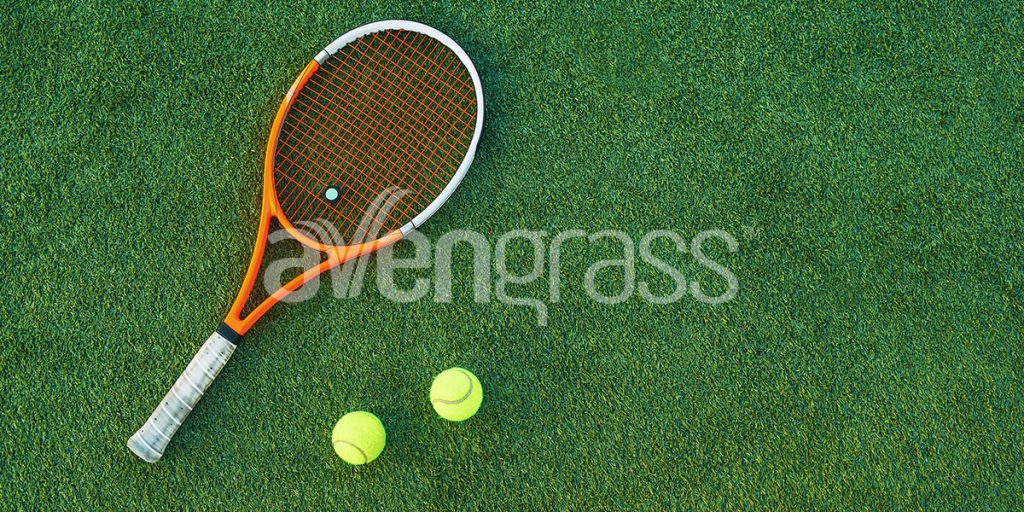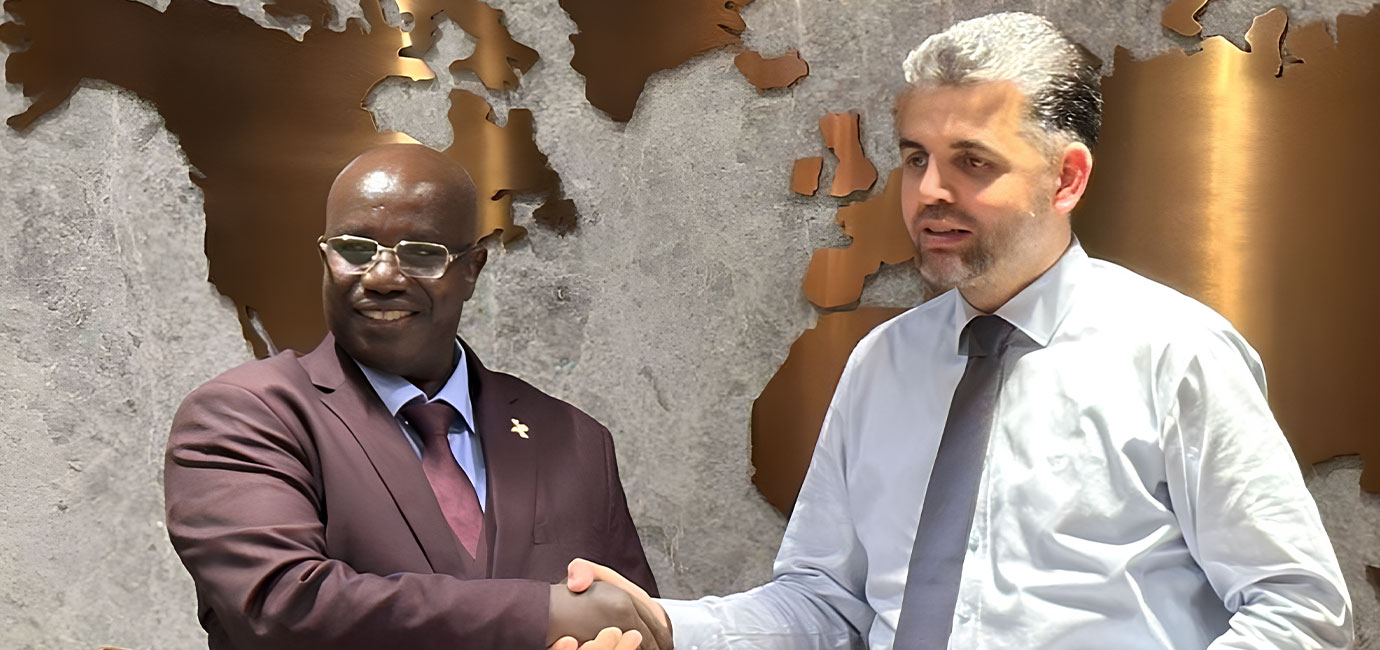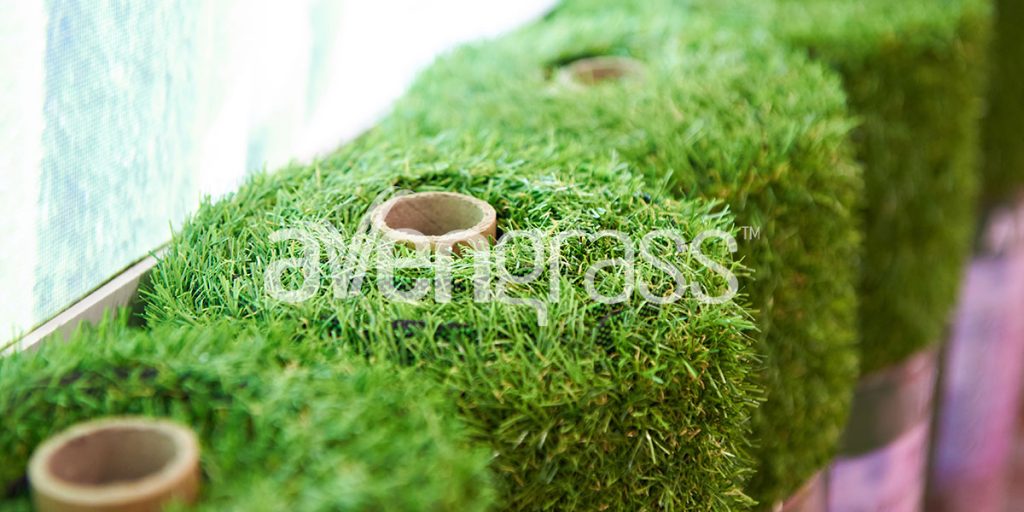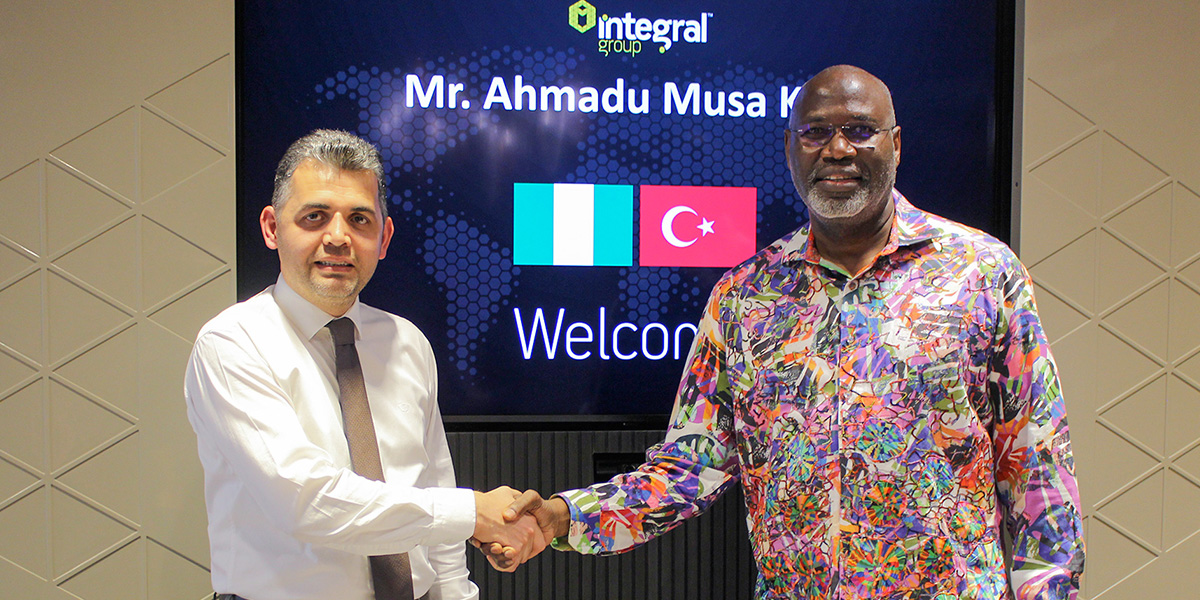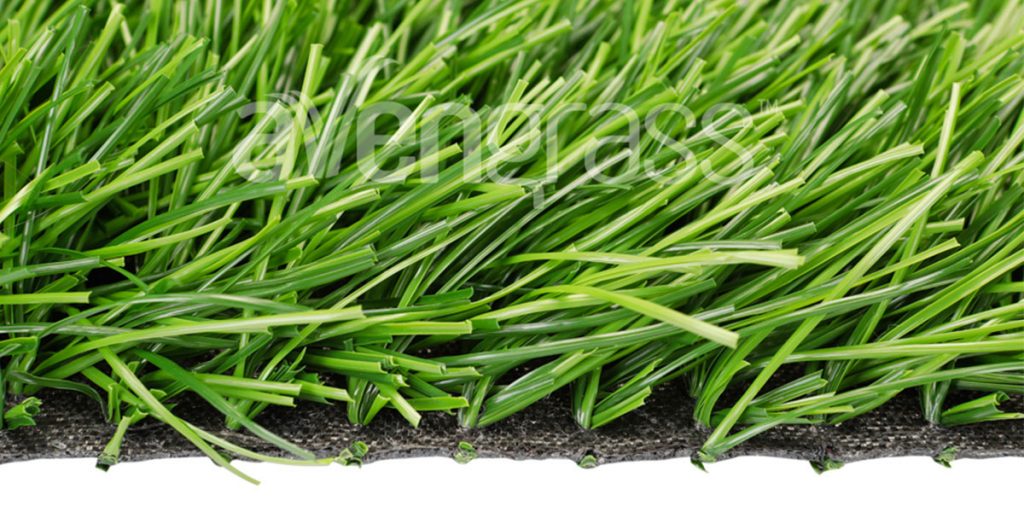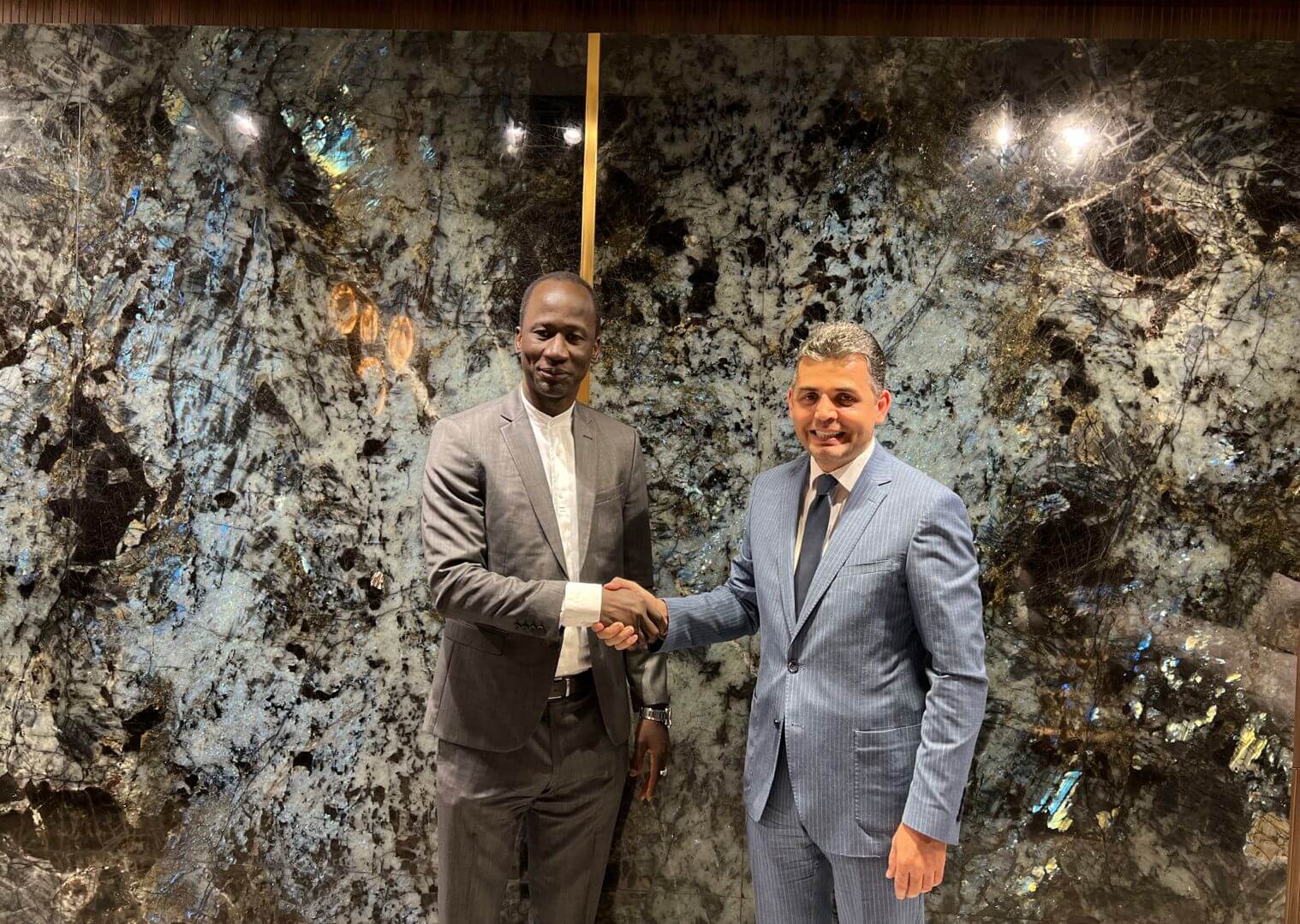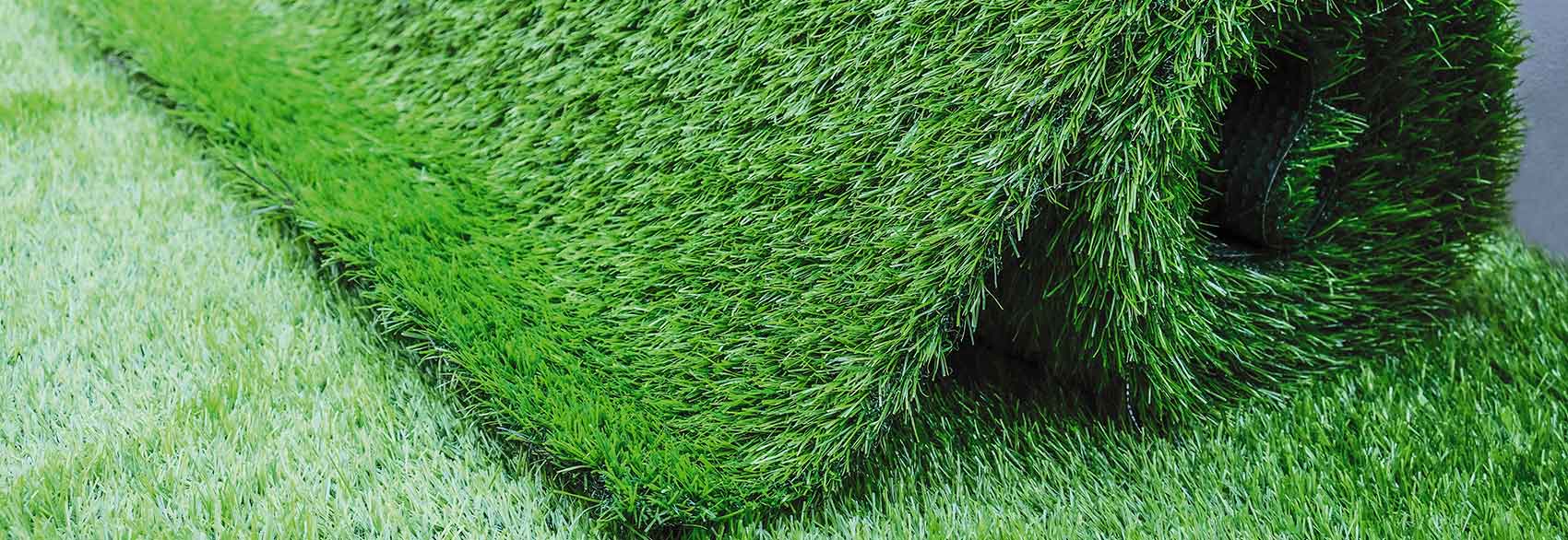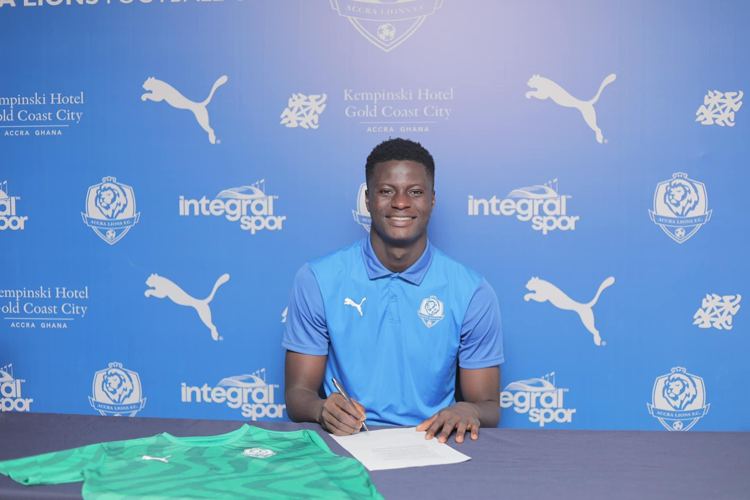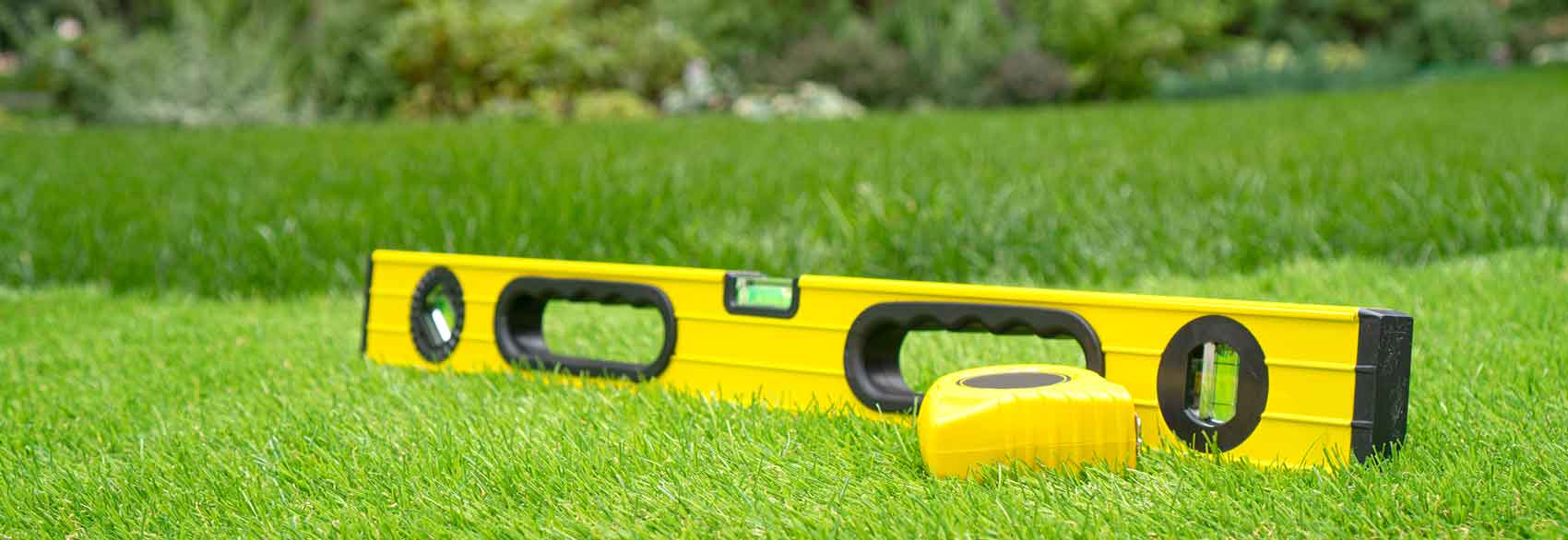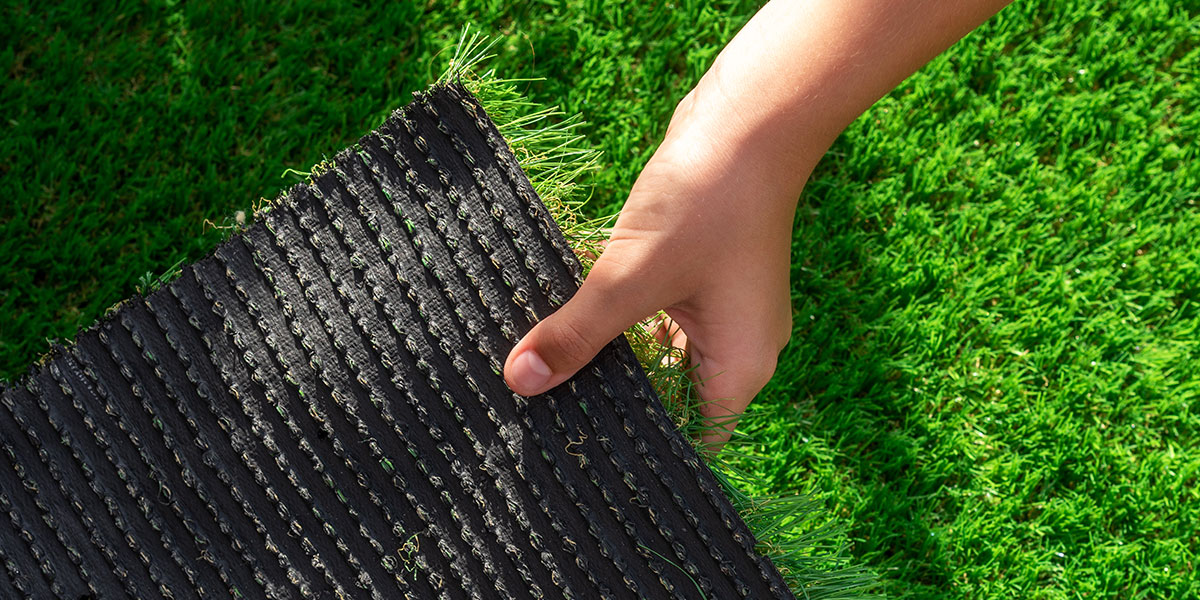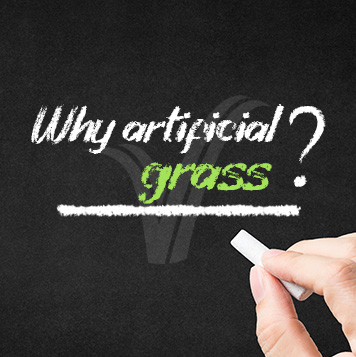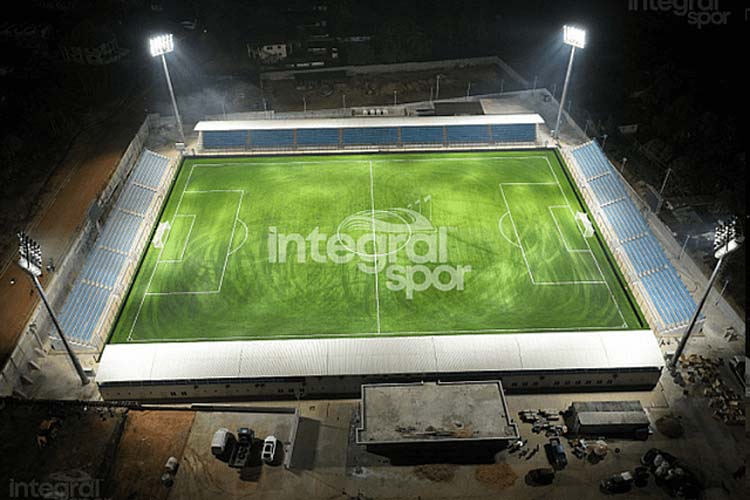Artificial grass is a preferred product in many areas, from gardens to sports fields, due to its low maintenance requirements, durability, and aesthetic appeal. However, the correct installation of artificial grass is crucial to ensuring its longevity and functionality. In this blog post, we will detail the common mistakes made during artificial grass installation and how to prevent them. We will also provide tips and suggestions for proper installation.
Table of Contents:
- Artificial Grass Installation Guide
- 1. Mistakes in Ground Preparation
- a. Uneven Ground Preparation
- b. Insufficient Drainage System
- 2. Mistakes in Laying and Cutting Artificial Grass
- a. Incorrect Measurement and Cutting
- Alignment Issues at Joints
- 3. Mistakes in Using Adhesive and Infill Material
- a. Insufficient Adhesion
- b. Lack of Infill Material
- 4. Maintenance and Cleaning Mistakes
- a. Not Cleaning Regularly
- b. Using Chemical Substances
1. Mistakes in Ground Preparation
One of the most important steps in artificial grass installation is ground preparation. Mistakes made at this stage can lead to improper placement of the grass and long-term problems.
a. Uneven Ground Preparation
- Mistake: If the ground is not properly prepared, undulations and depressions can form on the artificial grass surface. This not only creates an aesthetically unpleasing appearance but also negatively affects the functionality of the grass.
- Solution: Before starting ground preparation, thoroughly clean and level the area. If necessary, add sand or gravel to achieve a smooth surface. Additionally, use ground levelling tools to ensure the surface is completely flat.
b. Insufficient Drainage System
- Mistake: Insufficient drainage can lead to water pooling and damage to the grass. Water accumulation can shorten the lifespan of artificial grass and lead to mold or algae formation over time.
- Solution: Carefully plan the drainage system. Create a slight slope in the ground to allow natural water runoff and use drainage pipes to facilitate water removal. If necessary, add drainage channels beneath the ground.
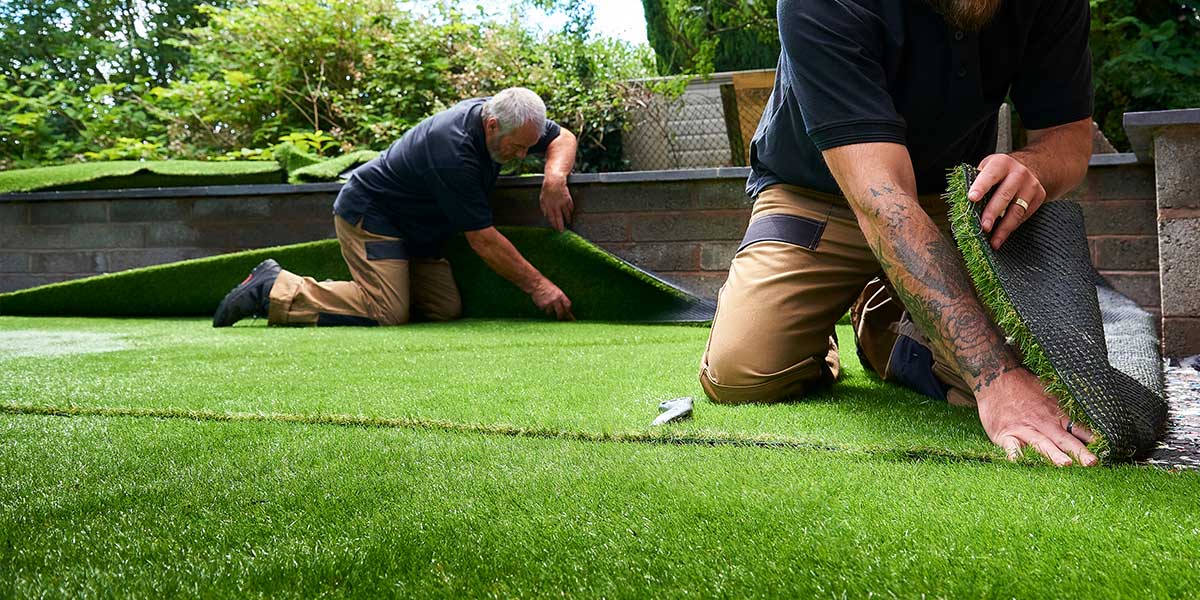
2. Mistakes in Laying and Cutting Artificial Grass
The proper laying and cutting of artificial grass are crucial to the success of the installation. Mistakes at this stage can negatively affect the appearance and durability of the grass.
a. Incorrect Measurement and Cutting
- Mistake: Measuring or cutting the artificial grass incorrectly can result in misaligned pieces. This creates an aesthetically displeasing appearance and can affect functionality.
- Solution: Be meticulous when measuring and always leave extra allowance. Use a sharp knife for cutting and ensure the cuts are straight. Additionally, measure the area several times before cutting to ensure accurate measurements.
b. Alignment Issues at Joints
- Mistake: Gaps or overlaps can occur at the joints of the grass pieces. This creates both visual and functional problems.
- Solution: Be careful when joining the grass pieces. Firmly align the joints and use special adhesive or tape to secure them. Ensure the pieces are correctly aligned before applying adhesive.
3. Mistakes in Using Adhesive and Infill Material
The proper securing of artificial grass and supporting it with infill material affect the product's performance and lifespan.
a. Insufficient Adhesion
- Mistake: Insufficient adhesion can cause the grass to slip and move out of place. Over time, this can lead to damage to the grass.
- Solution: Use the appropriate amount and type of adhesive when securing the artificial grass. Distribute the adhesive evenly and press the grass firmly to ensure it sticks. Allow the adhesive to fully dry and keep the grass fixed during this process.
b. Lack of Infill Material
- Mistake: Without sufficient infill material, the grass fibers can lay flat over time and lose their natural appearance. Infill material also enhances the durability of the grass.
- Solution: Sprinkle a sufficient amount of sand or rubber granules over the grass. Distribute these materials evenly to keep the grass fibers upright. Brush the infill material into the grass fibers to ensure they are well-integrated.
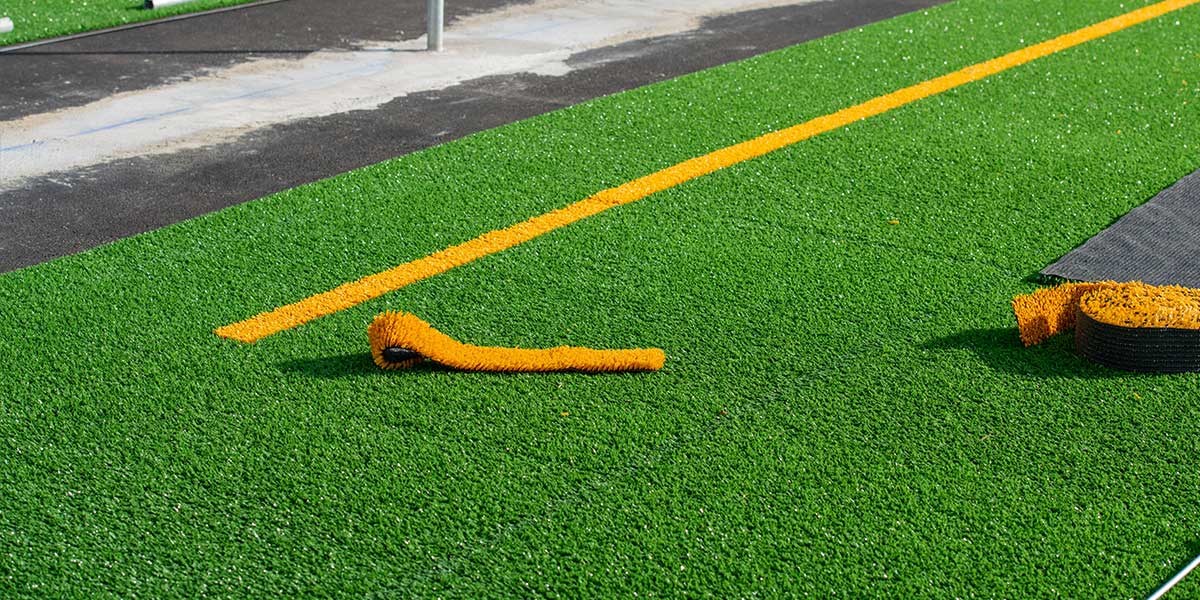
4. Maintenance and Cleaning Mistakes
Although artificial grass requires less maintenance than natural grass, proper maintenance and cleaning processes extend the product's lifespan and maintain its appearance.
a. Not Cleaning Regularly
- Mistake: Not cleaning the artificial grass regularly can lead to the accumulation of dust, dirt, and leaves. This can shorten the lifespan of the grass and negatively affect its appearance.
- Solution: Regularly brush and vacuum the grass. Prevent the buildup of leaves and other debris. Additionally, you can wash the grass with water, but avoid using high pressure.
b. Using Chemical Substances
- Mistake: Using harsh chemicals can damage the grass fibers. Chemicals can cause the grass to discolor and the fibers to weaken.
- Solution: Use only suitable and safe cleaning products. When washing the grass, use light water pressure instead of high pressure. Avoid using chemicals and prefer natural cleaning methods.
Mistakes made during the installation of artificial grass can negatively affect the product's performance and longevity. From ground preparation to laying and cutting, using adhesive and infill materials, and maintenance, each stage requires careful and meticulous work. By avoiding the aforementioned mistakes and following the correct application steps, you can maximize the efficiency of artificial grass and use it without problems for many years.
Getting support from an expert team in artificial grass installation ensures that the process is completed smoothly and professionally. Remember, proper installation and maintenance significantly extend the aesthetic and functional lifespan of your artificial grass.






